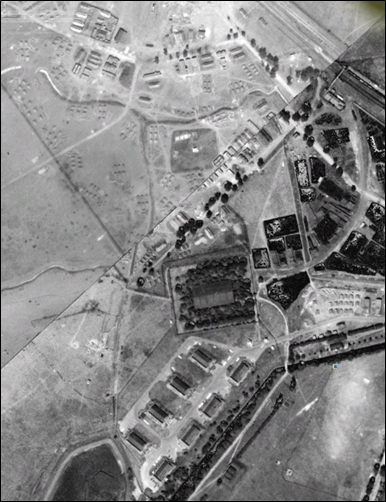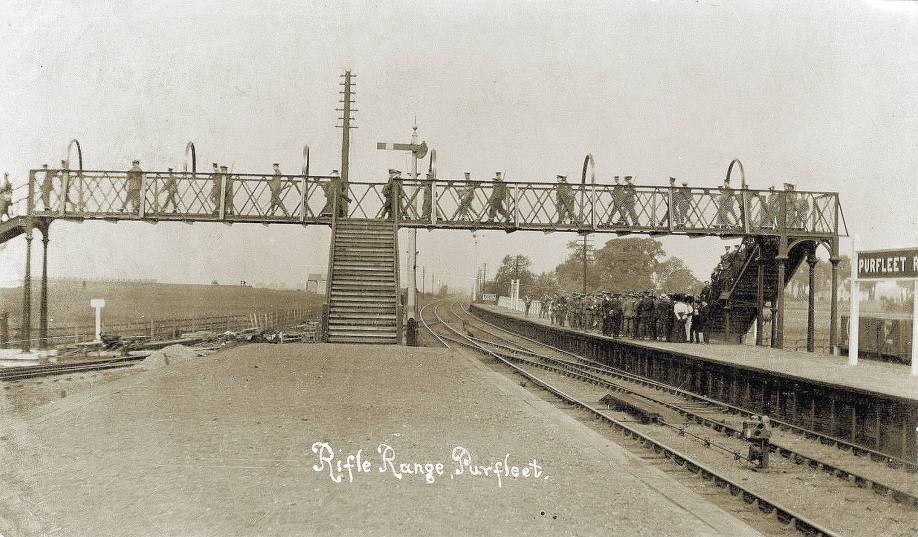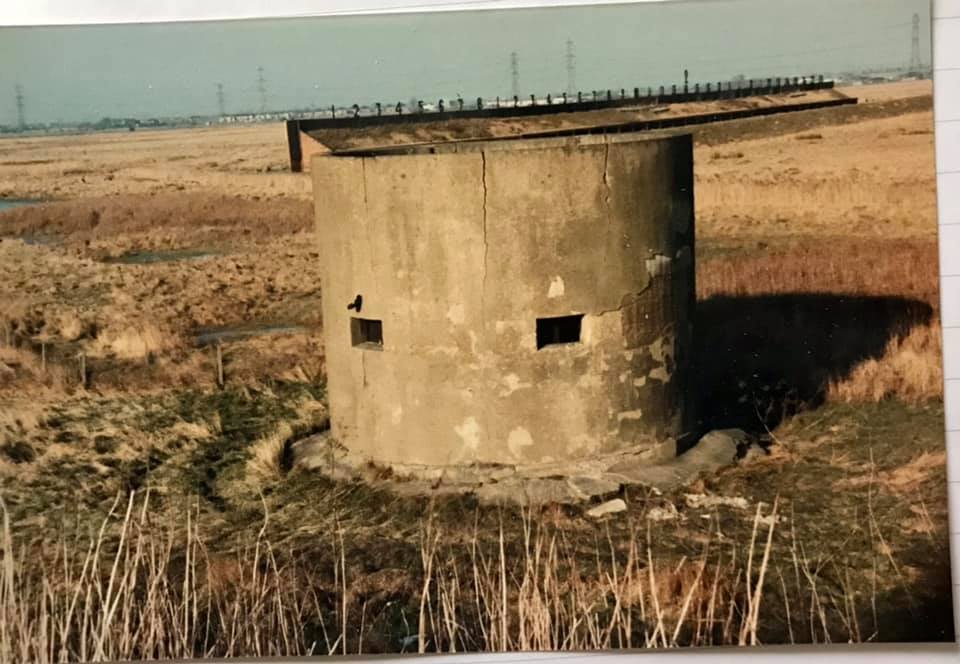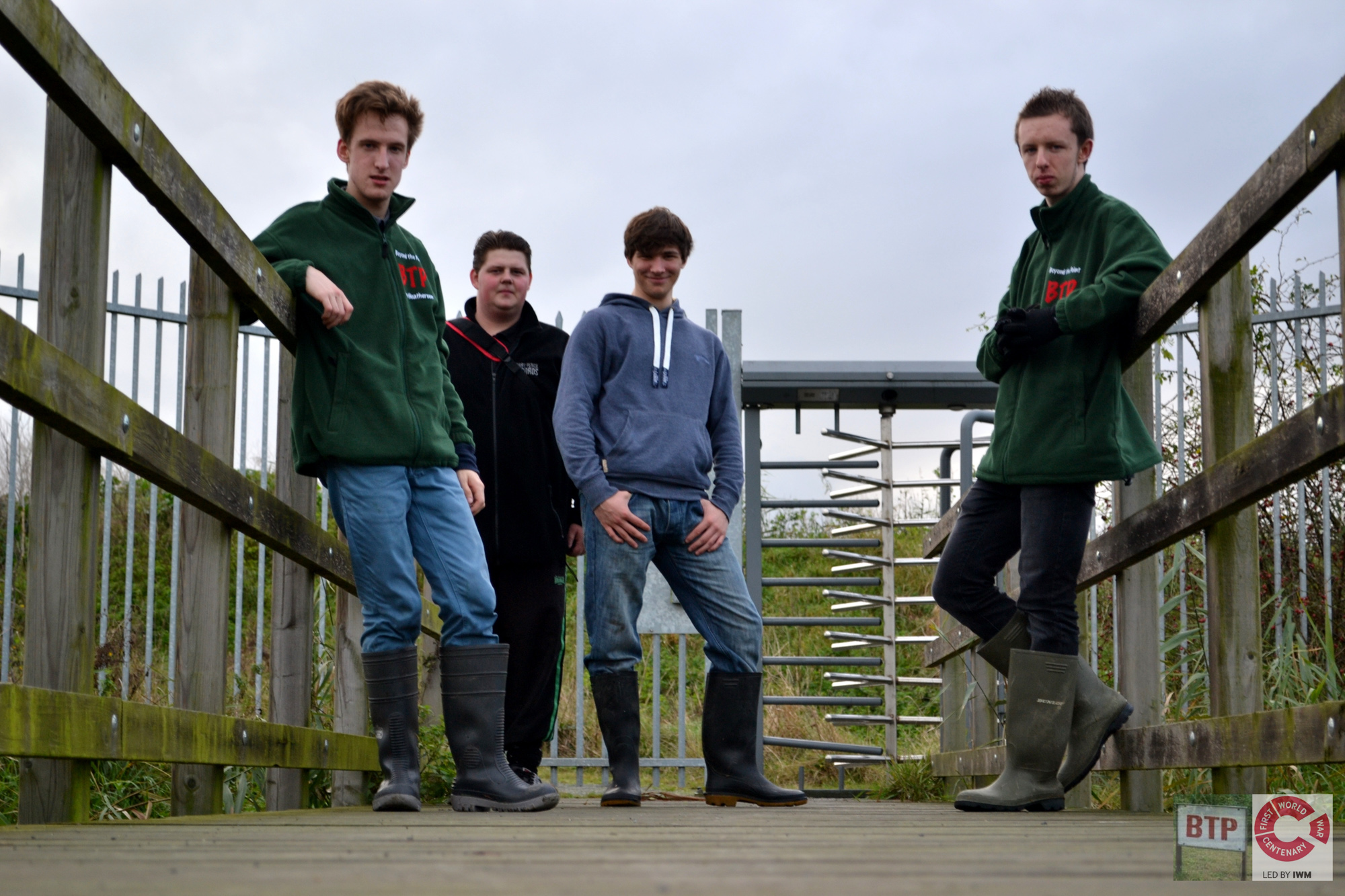The Rainham/Purfleet area has been in use by man since the days of the so –called ‘Cavemen’. You can see some of the petrified tree trunks still remaining today from a 6,000 year-old Neolithic forest, opposite the very northern end of Wennington Marsh, in the Thames foreshore. However, much of Rainham came to use in the last few centuries by the Ministry of Defence on Aveley Marsh; this is what we investigated with guests Luke Baker and Michael Clark, paying a visit to the now RSPB-owned nature reserve.
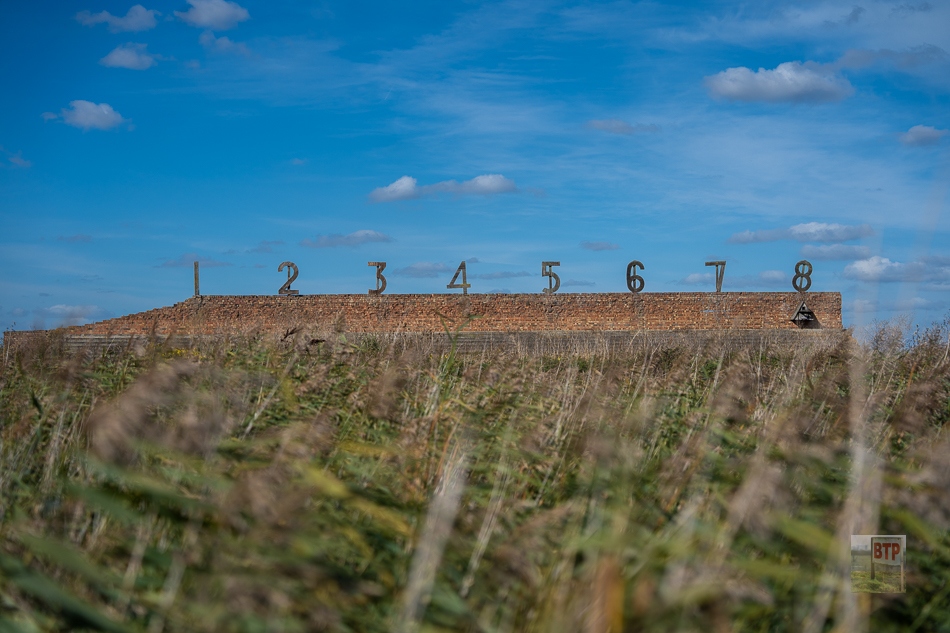
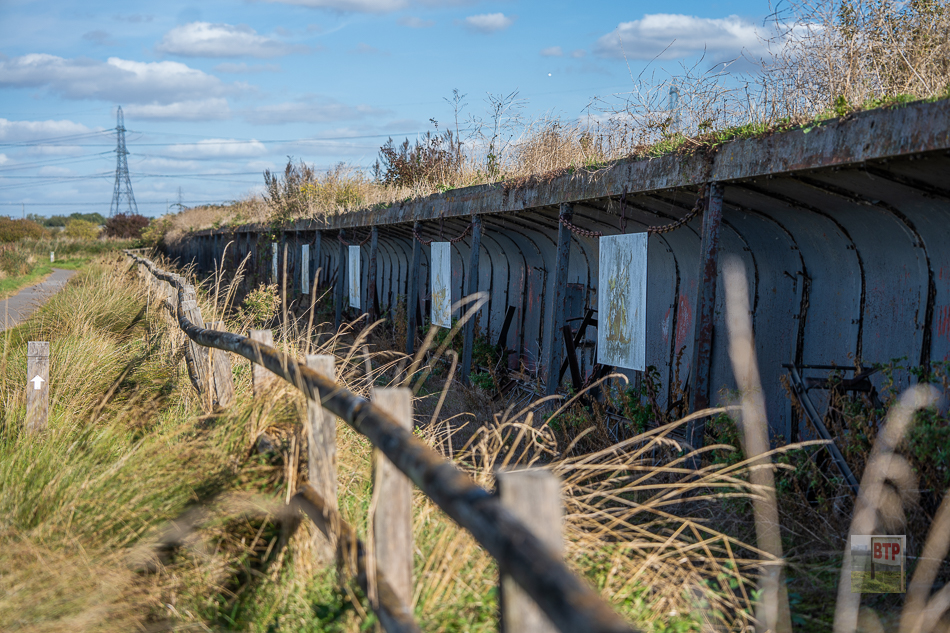
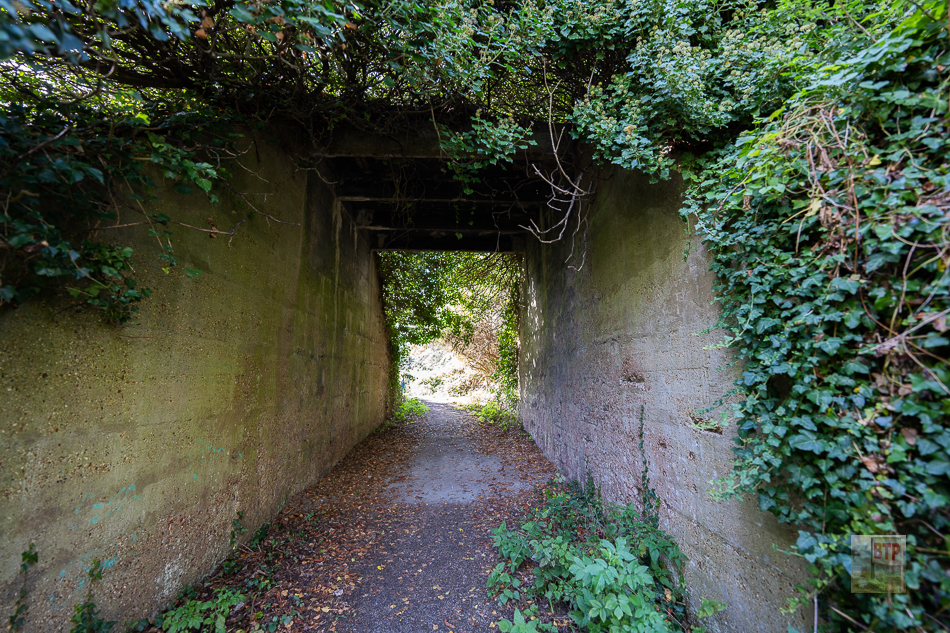
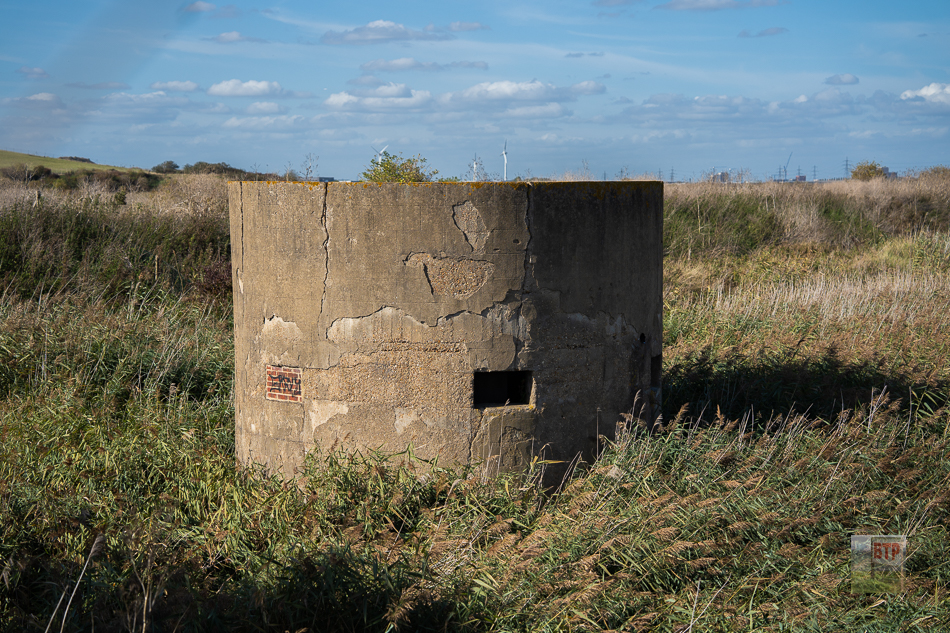
This article is designed and written in a manner that acts as a guide for you to visit the location yourself. Please note the historic structures shown in the article may not be accessible and are on potentially dangerous land. However, they can be clearly viewed at leisure from the footpaths.
Purfleet Train Station (not to be confused with Rainham Station further down the river) is part of the C2C train line. It will take you towards London or Southend-on-Sea. Trains only run roughly once an hour so make sure you plan a train. Alternatively you can drive and park in the Rainham Nature Reserve car-park next to the visitor’s centre. The reserve has been designed with nature in mind, although with respect to the sites heritage, so the marshes are well worth a visit if bird-watching or any other kind of wildlife enthusiasm is of interest to you.
Purfleet Heritage & Military Centre is a museum set up inside 1759 Magazine No.5 from the Royal Magazine of Gunpowder. Check opening times here. We took some video footage and photographs during our visit, and were fortunate enough to speak to founder Alan Gosling.
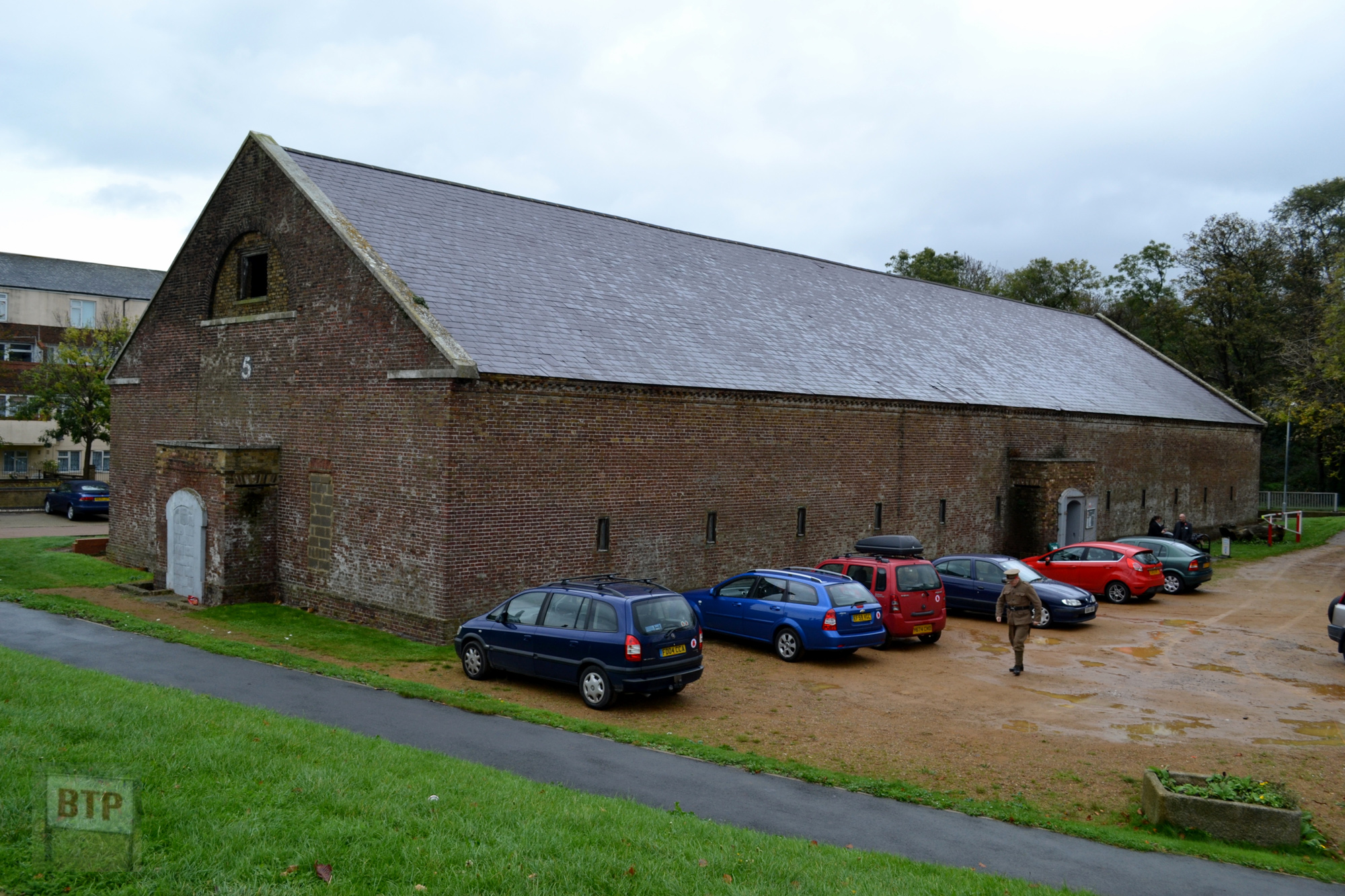
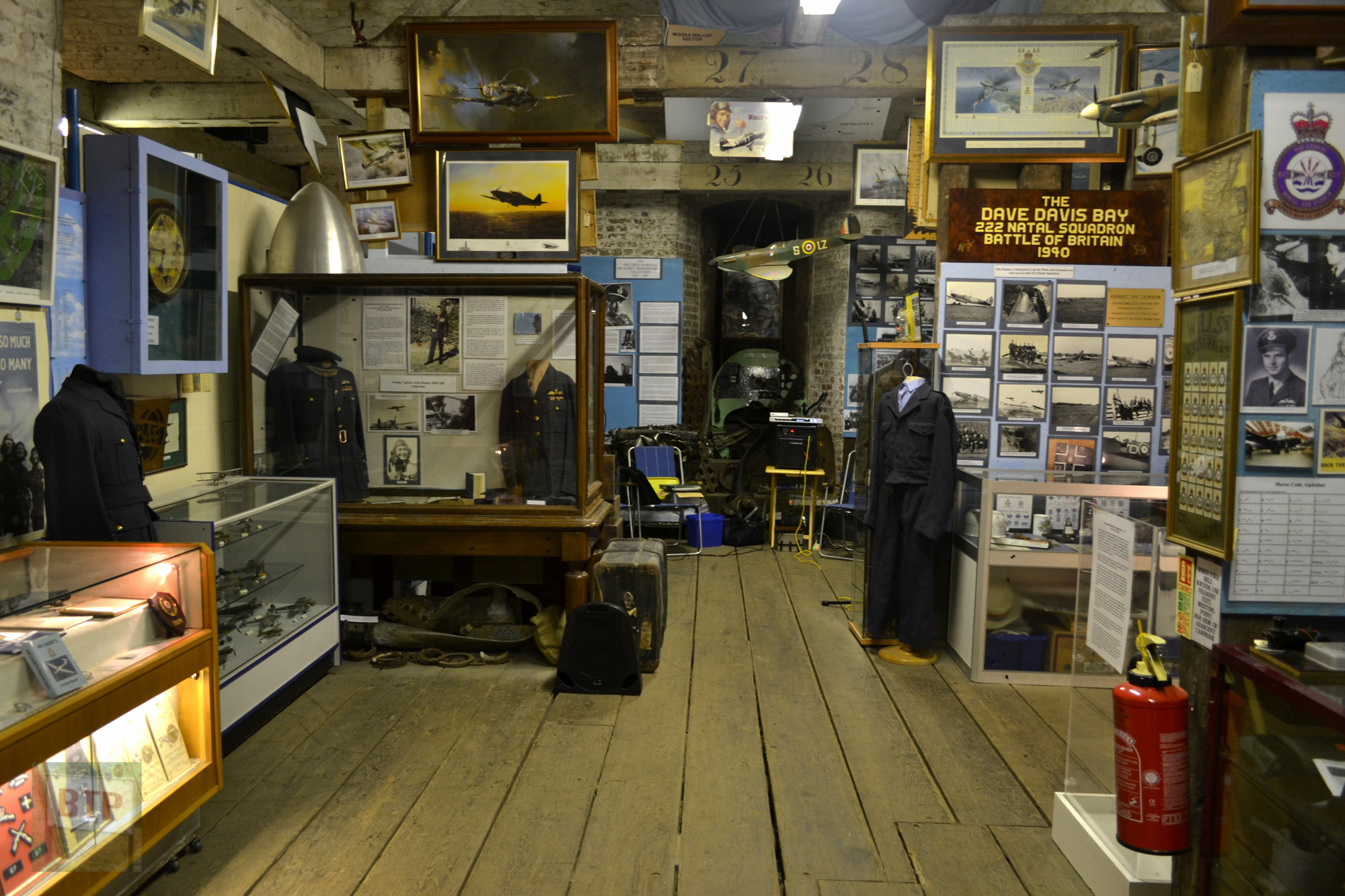
Rainham Marshes Visitors Centre was built around 2006 after the MOD land was bought and cleared by the RSPB in 2000. It has a café and toilet facilities, and houses views of the marshes as well as its own impressive architecture. We visited and the food/facilities were respectable and ideally located.
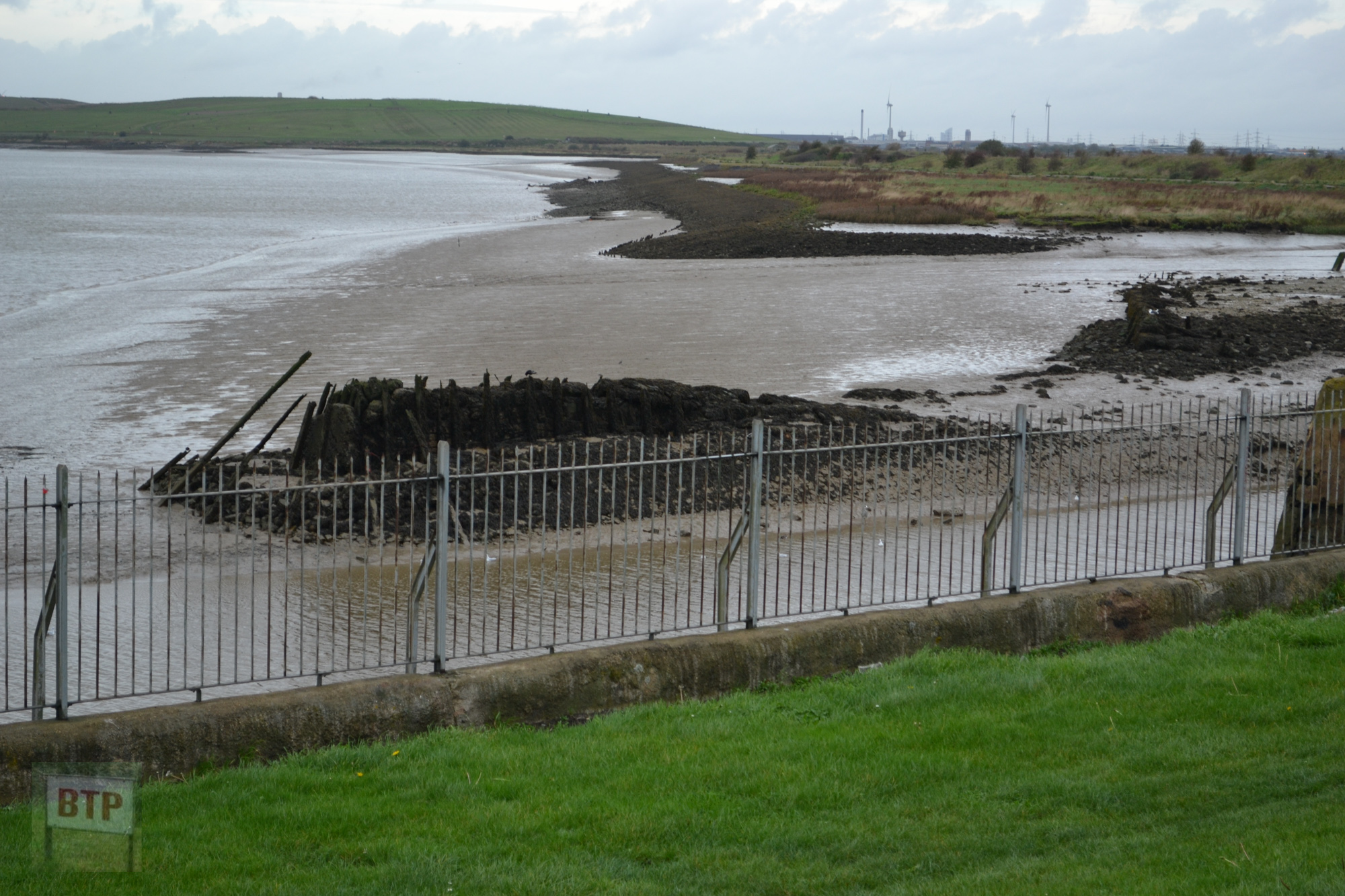
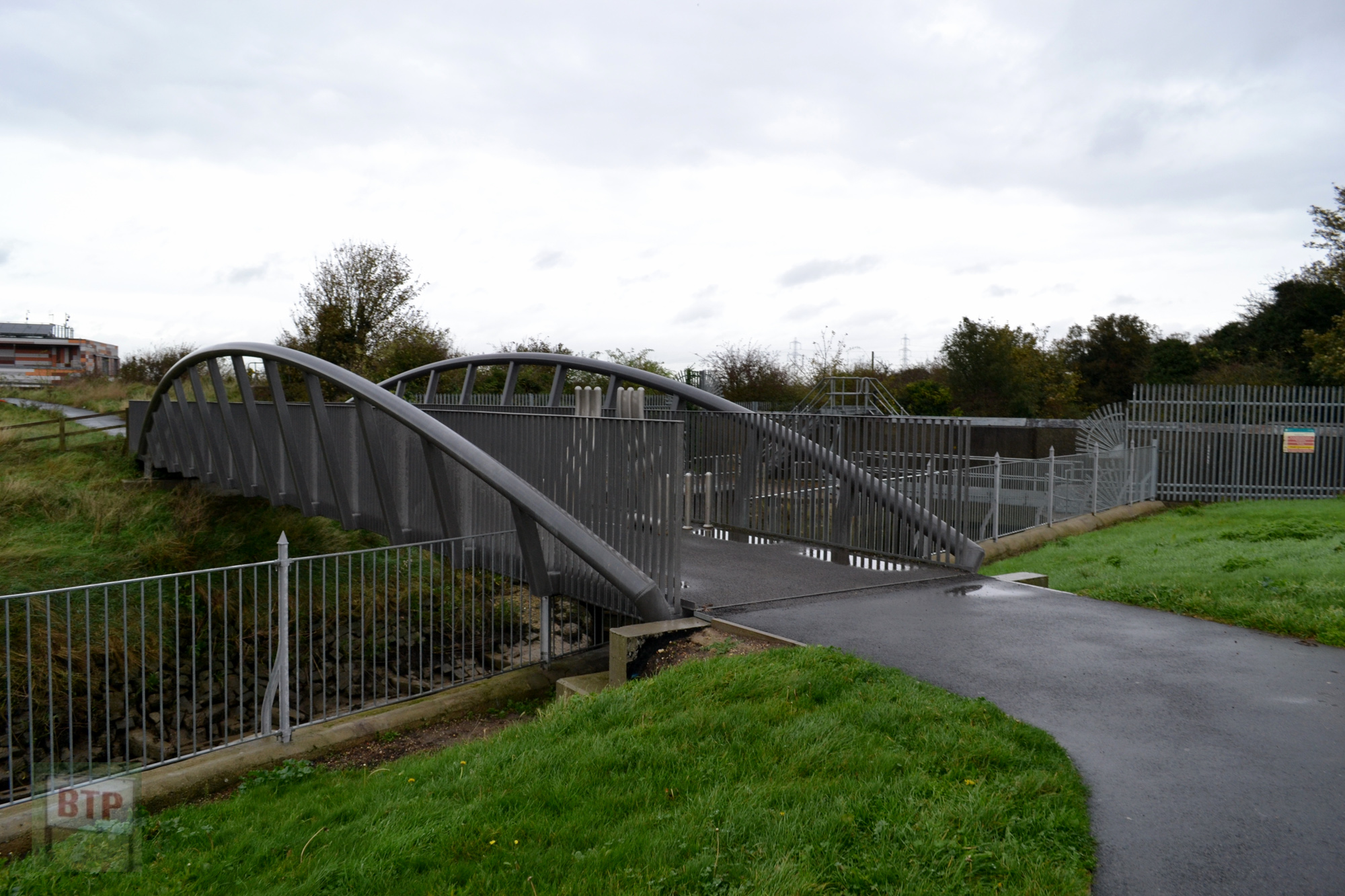
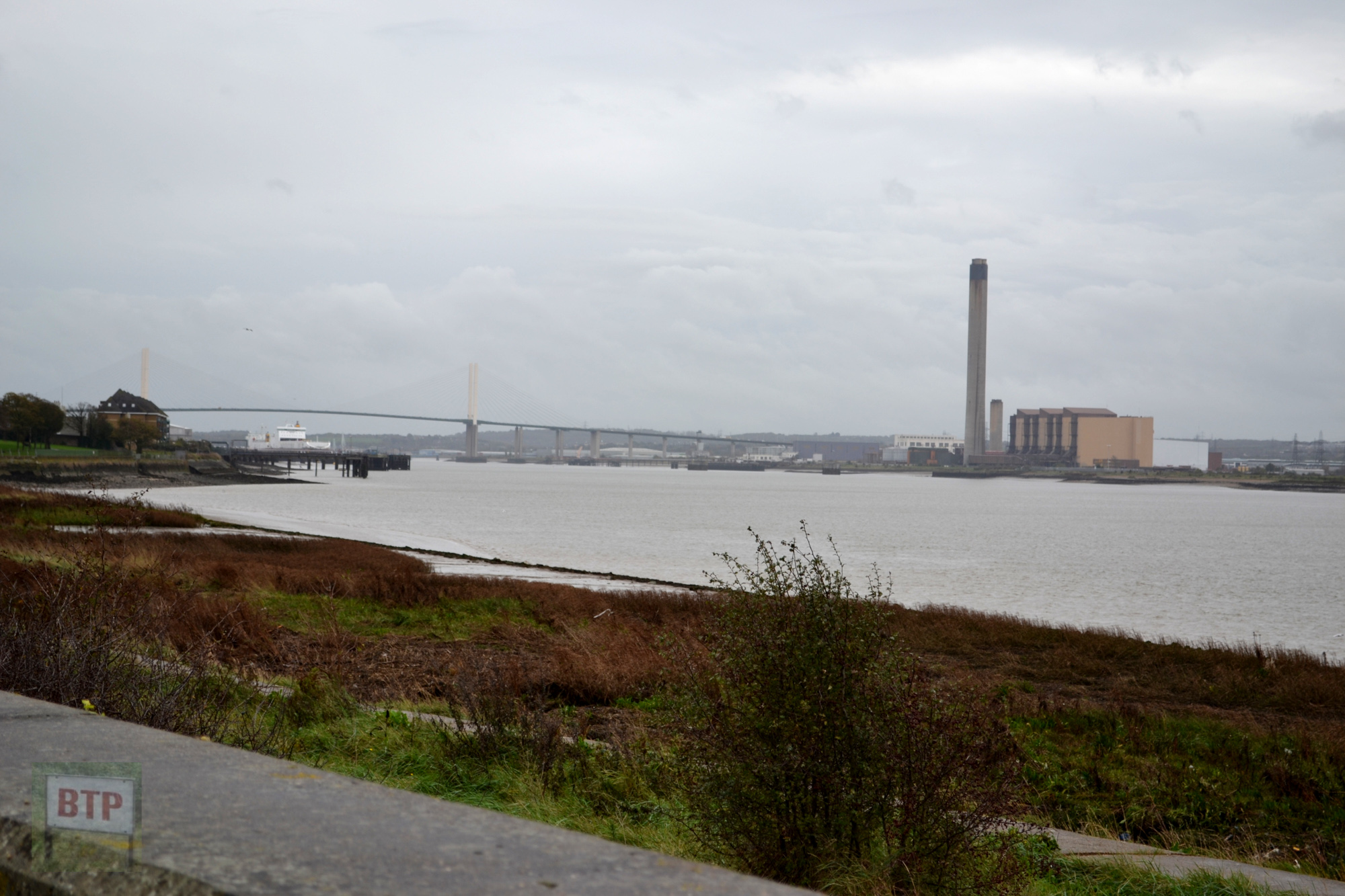
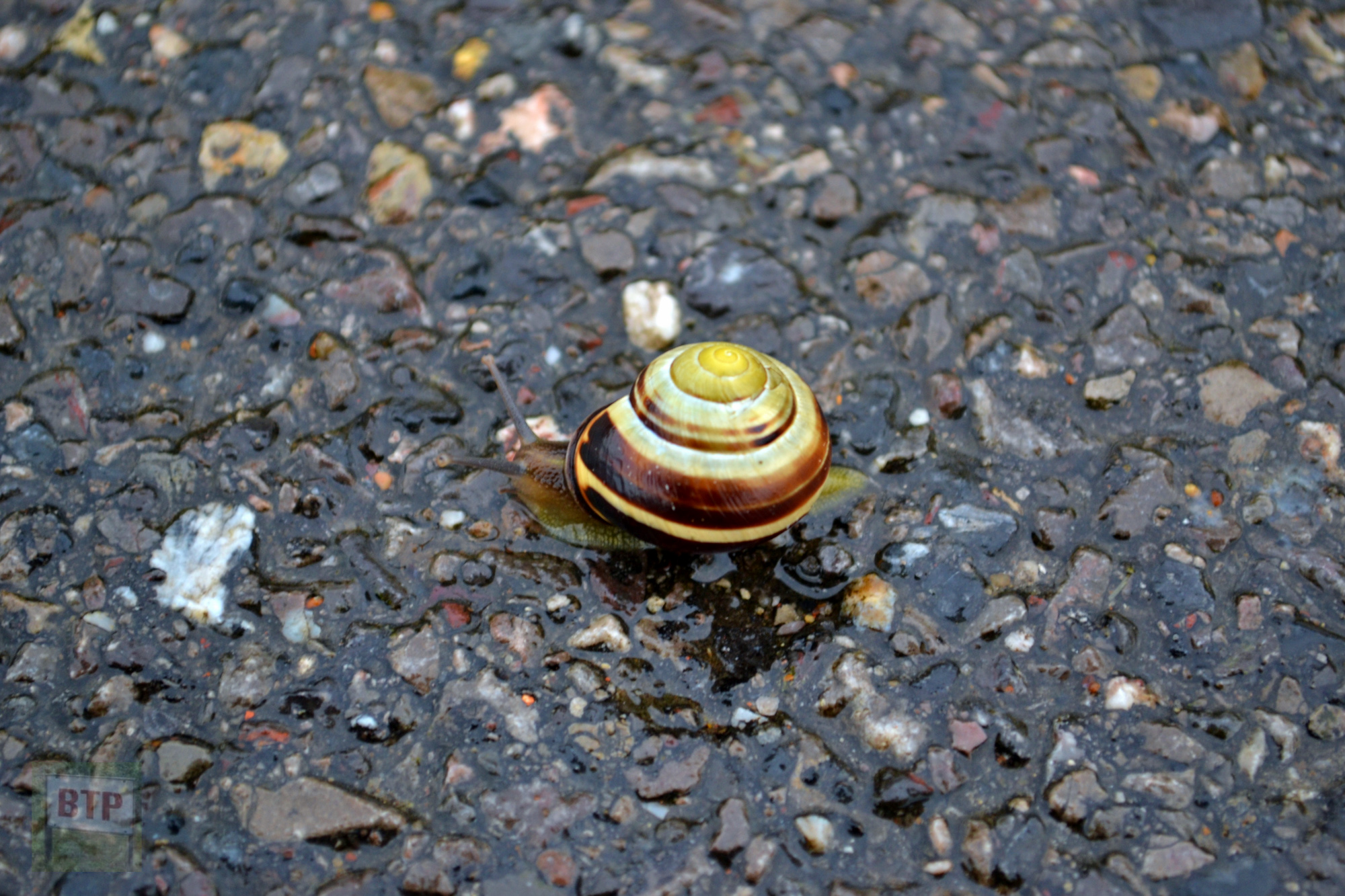
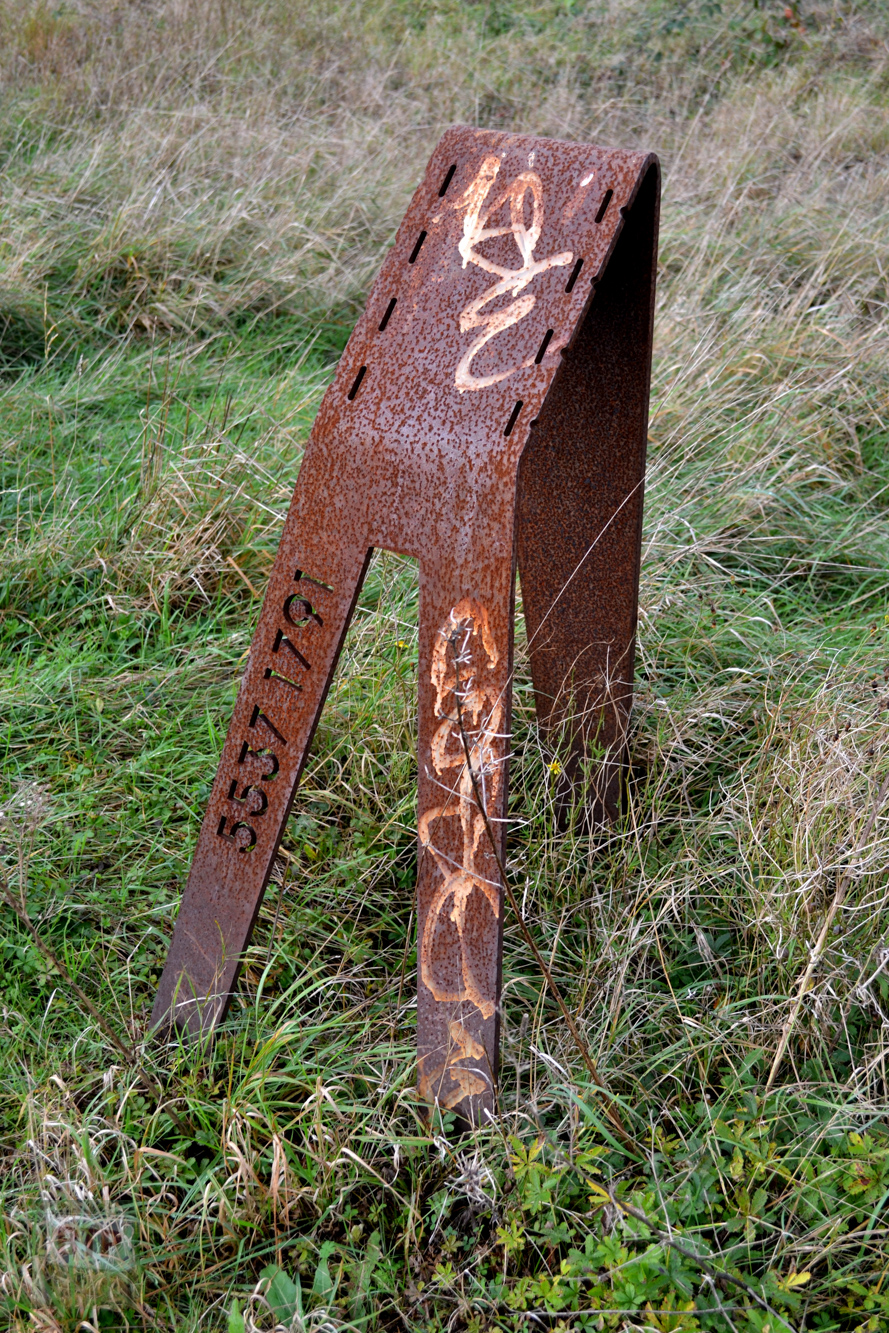
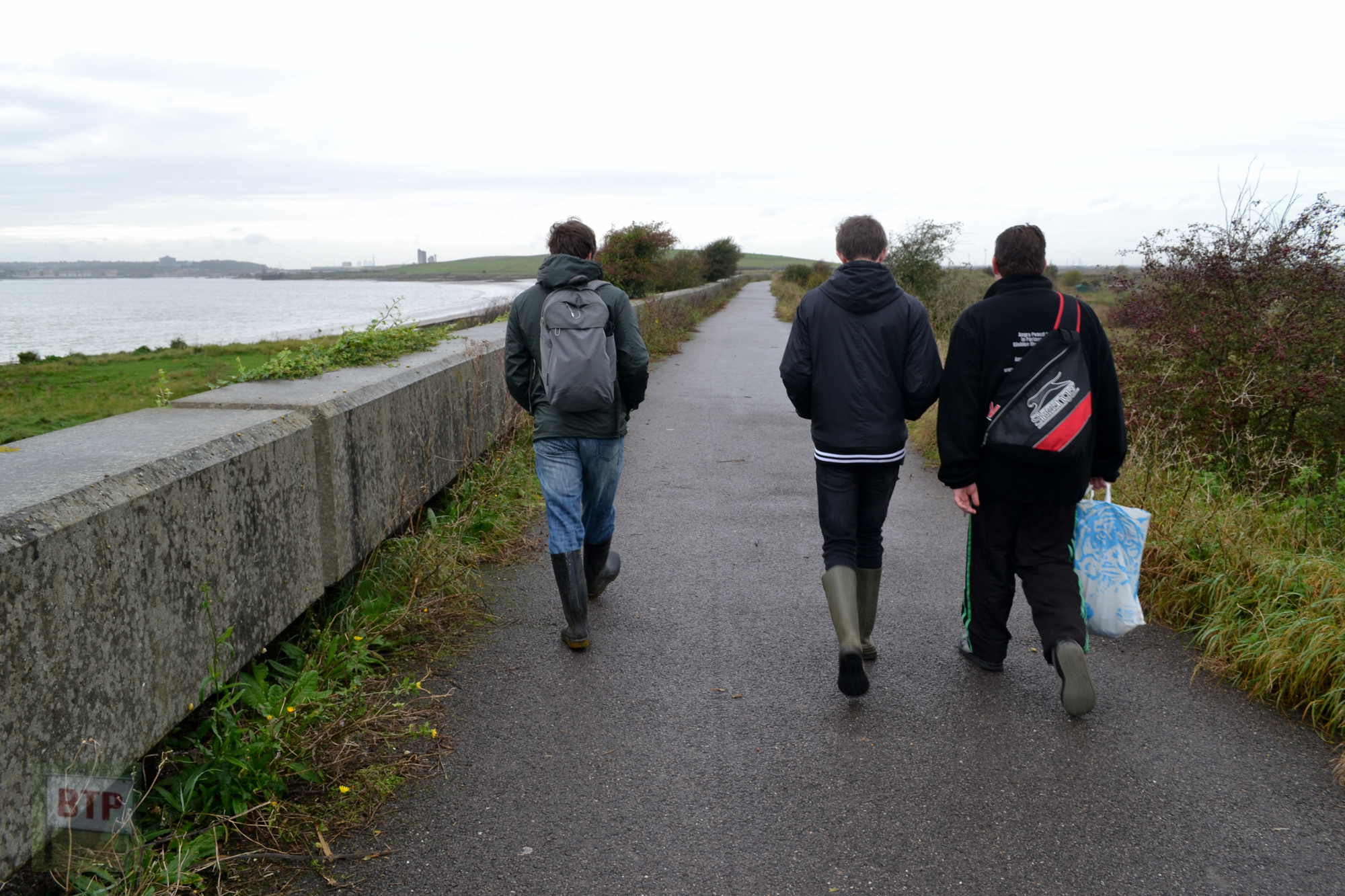
The Anti-Submarine Blockhouse

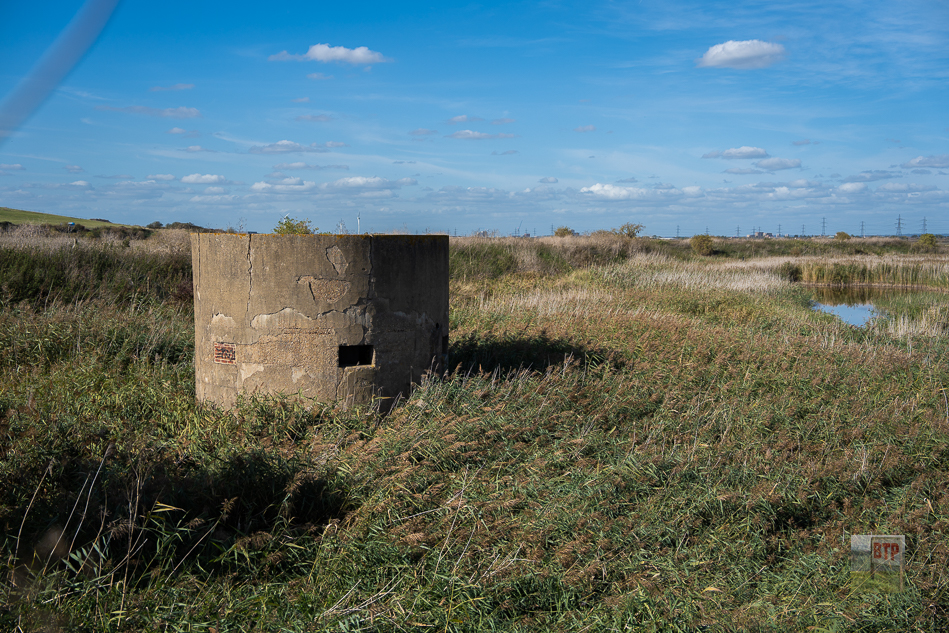
This can be found at the end of one of the longest sections of the walk (around 10 minutes) which takes you to the western side of the central reserve. However, you can appreciate views of the Thames from here, also ideal for bird watching. This is a pillbox-type outpost made of brick and concrete, although much larger than conventional pillboxes, and is the first sign of the areas use during the First World War. It is said that in March 1916, decoy beacons were lit on Wennington Marsh, and the structure shot down a German zeppelin via the machine gun that would’ve been mounted on its roof. It remains in fair condition but is water-logged and inaccessible.
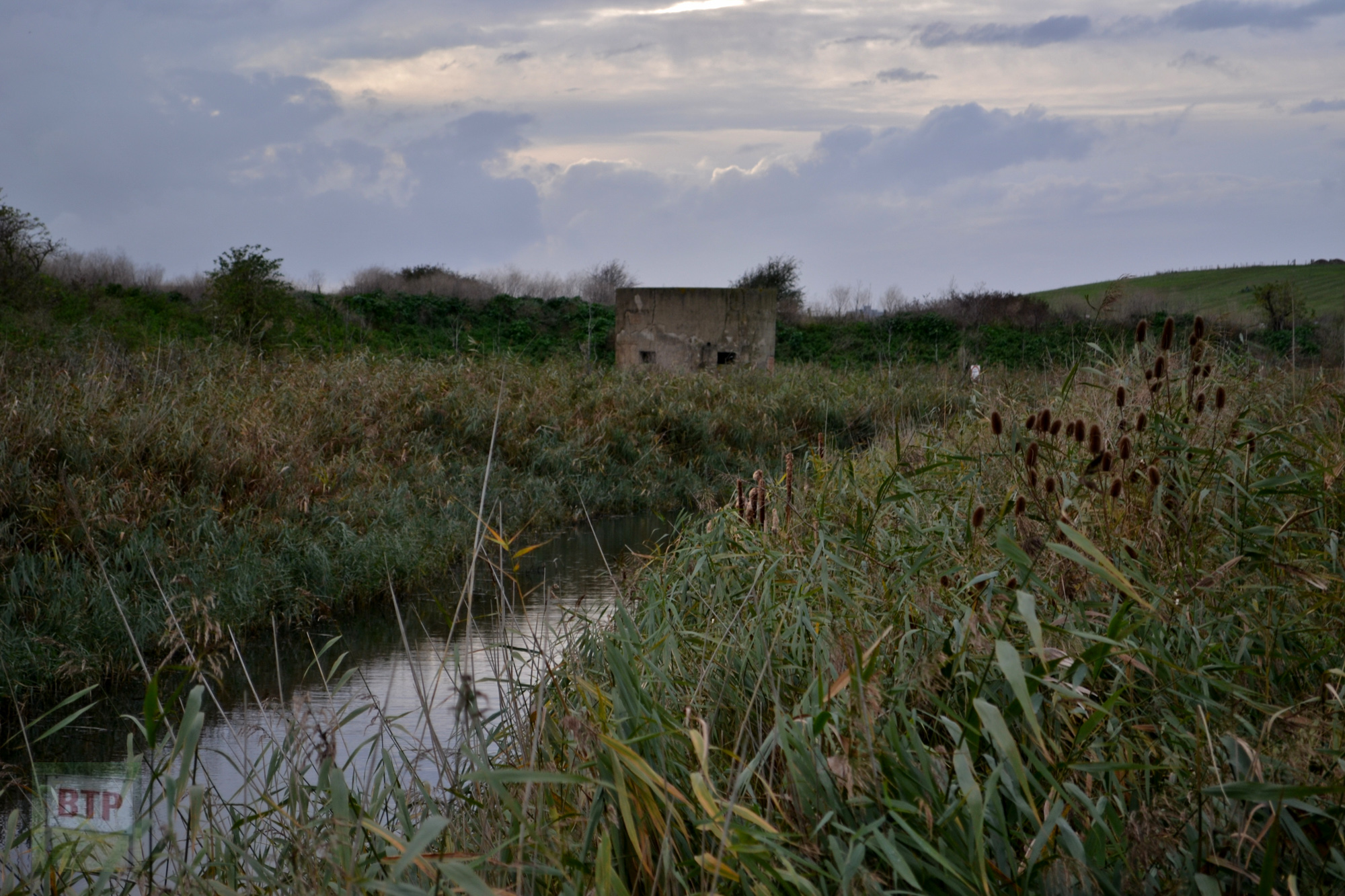
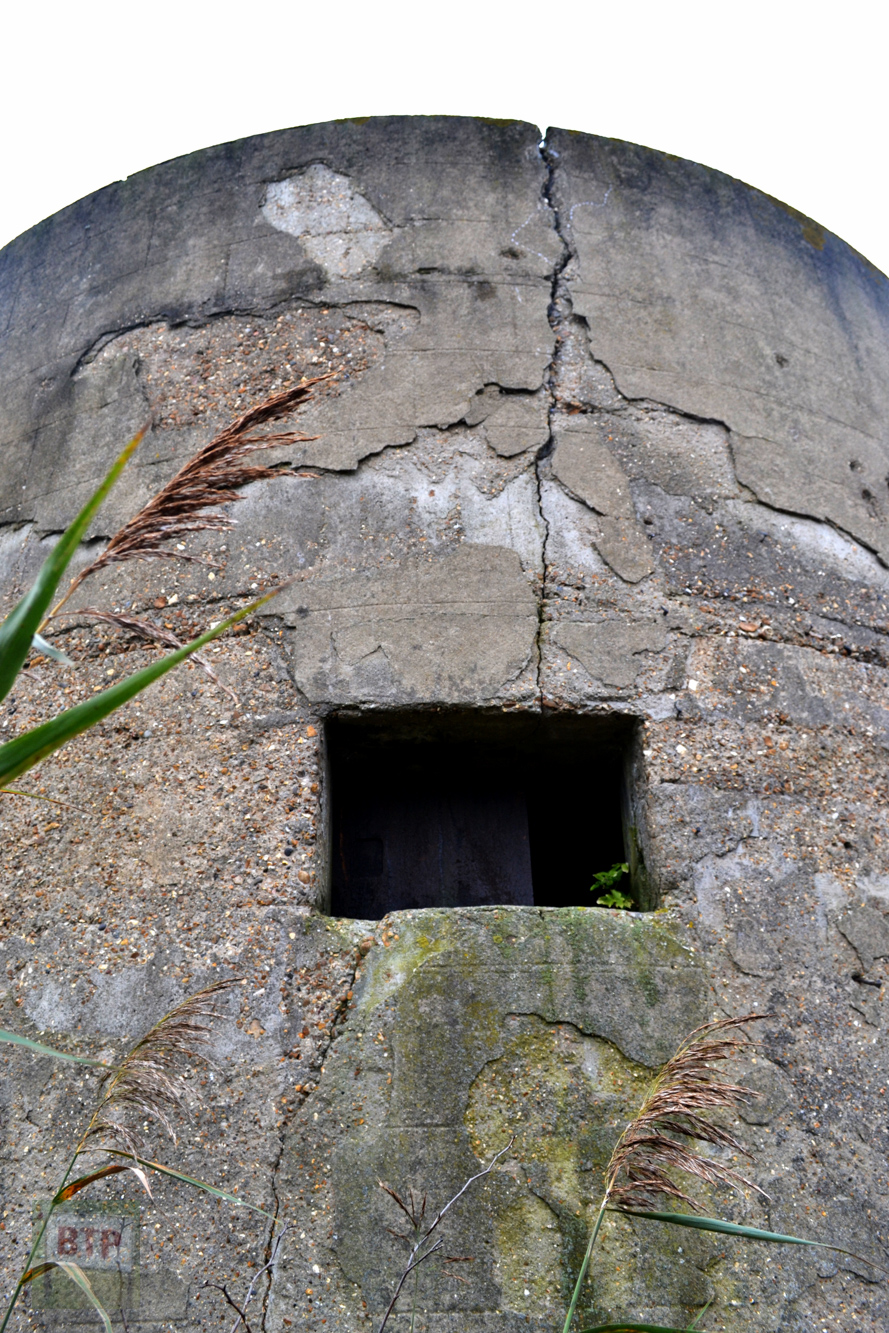
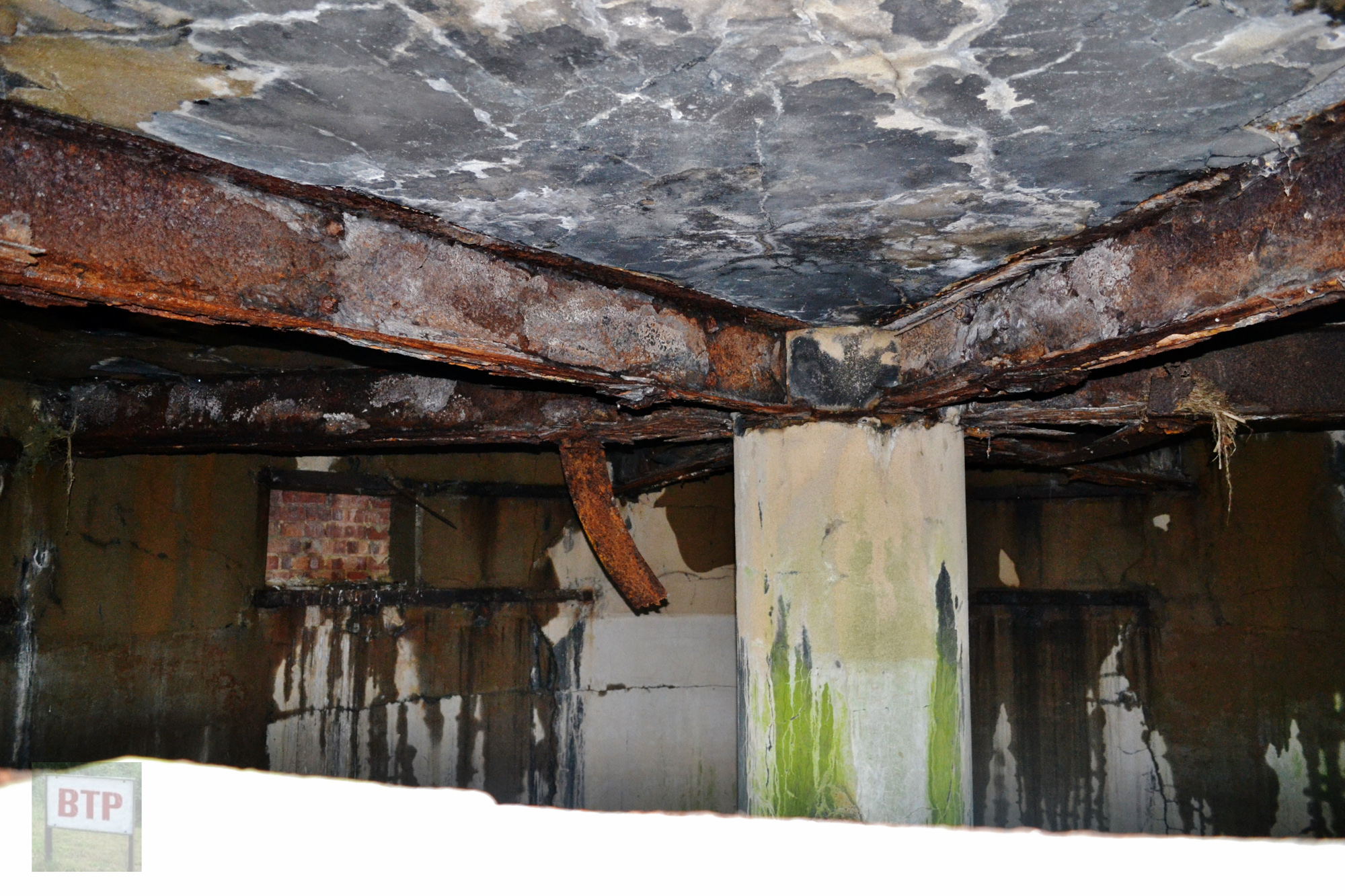
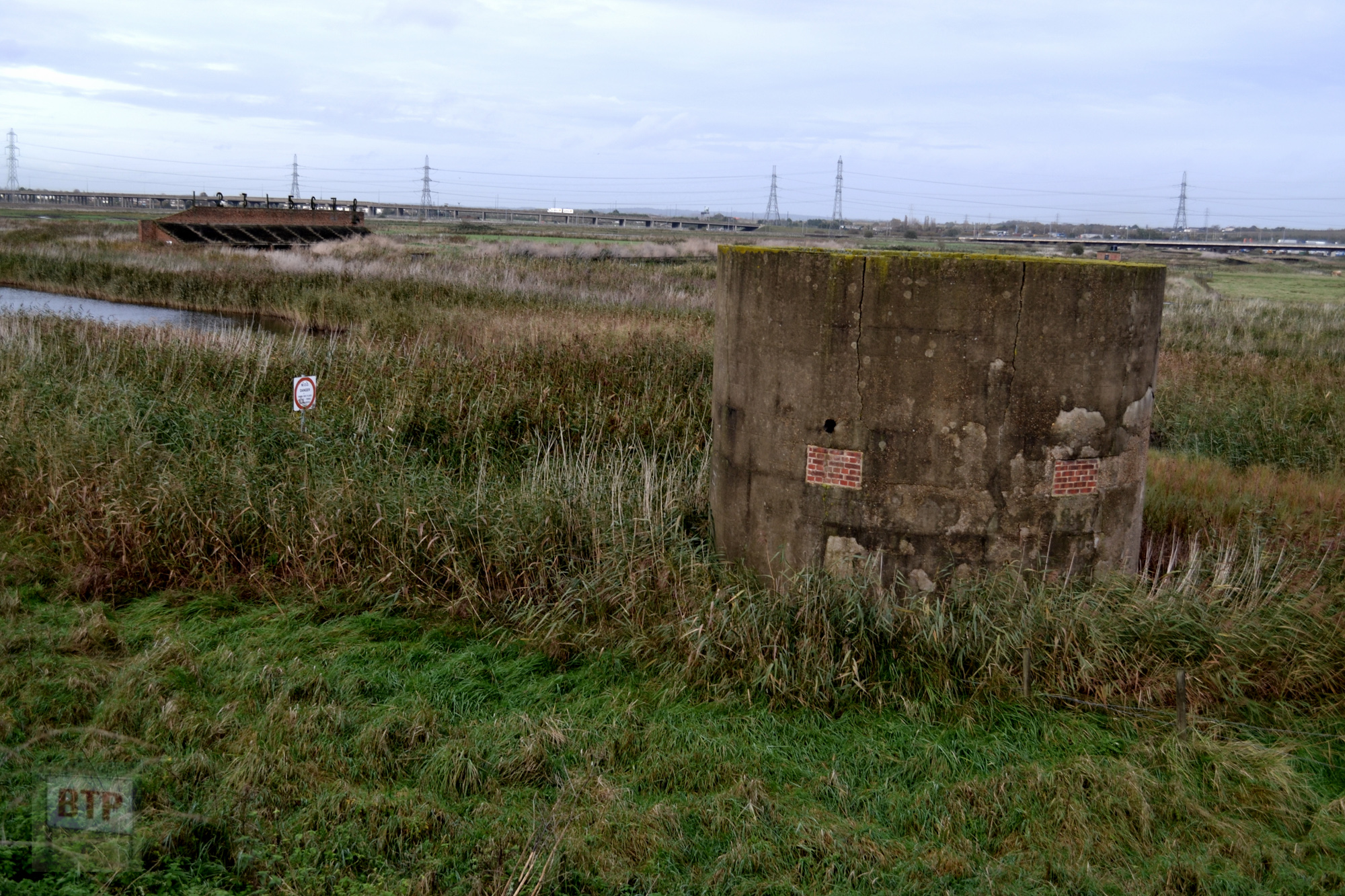
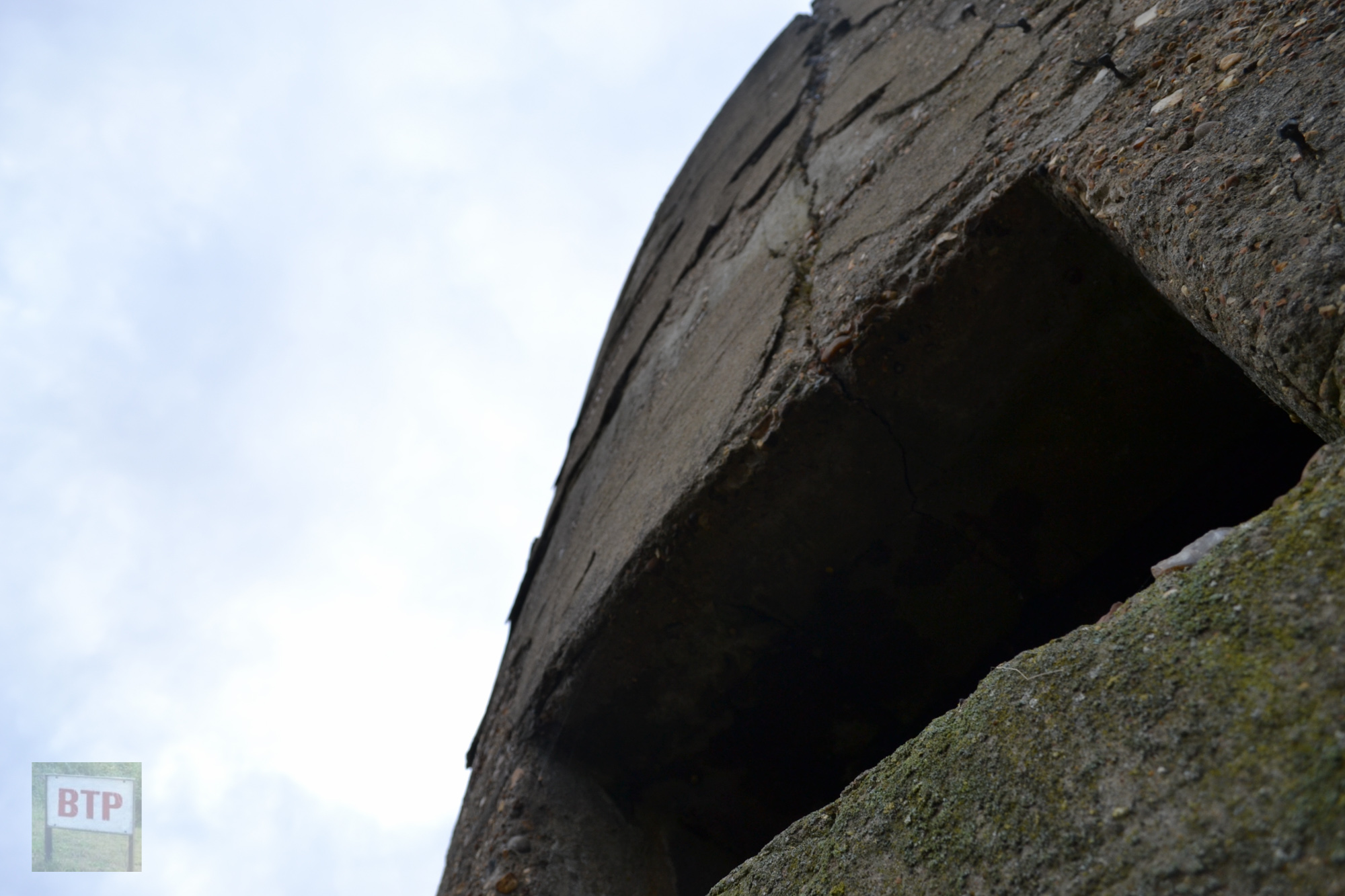
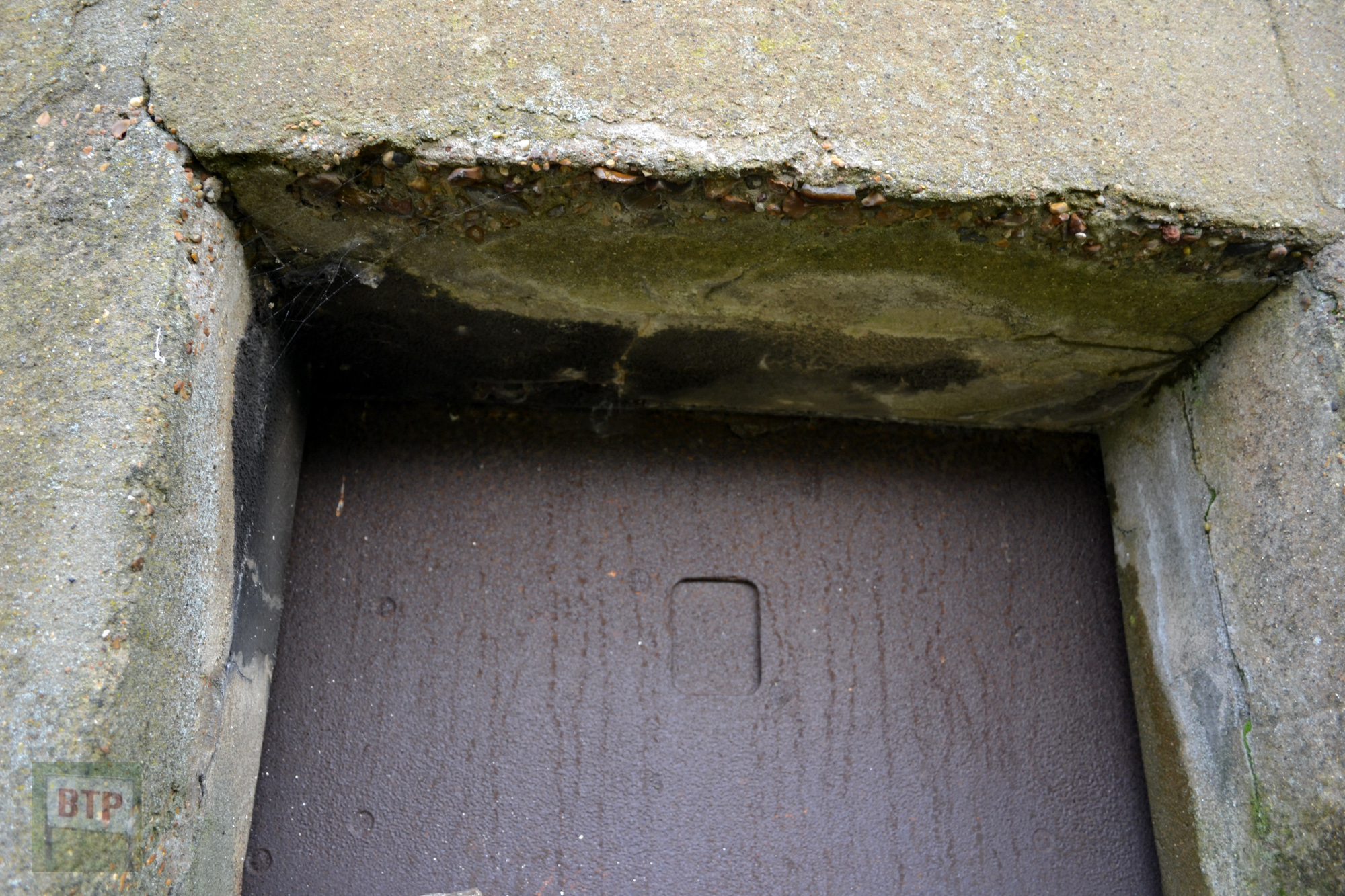
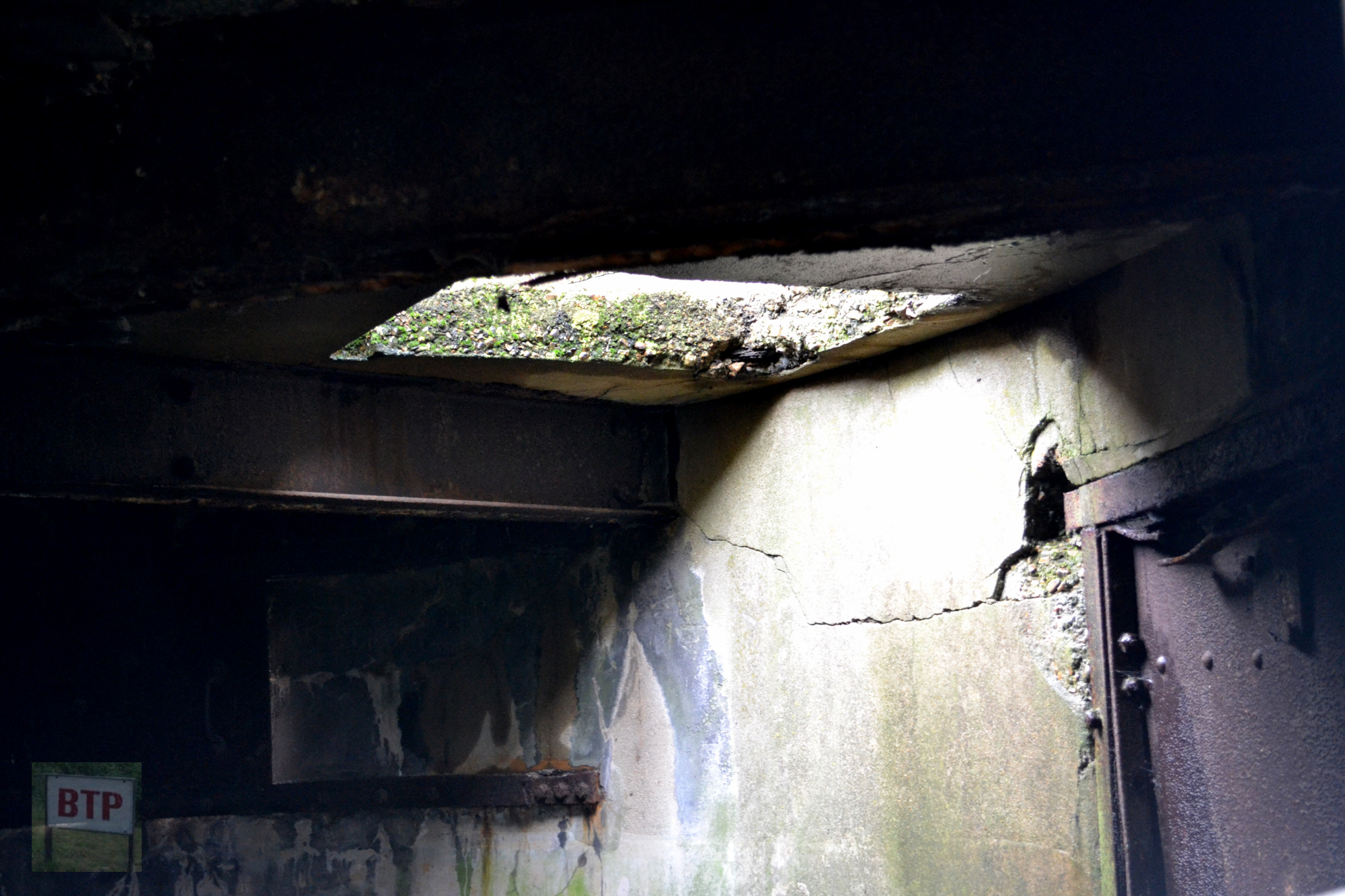
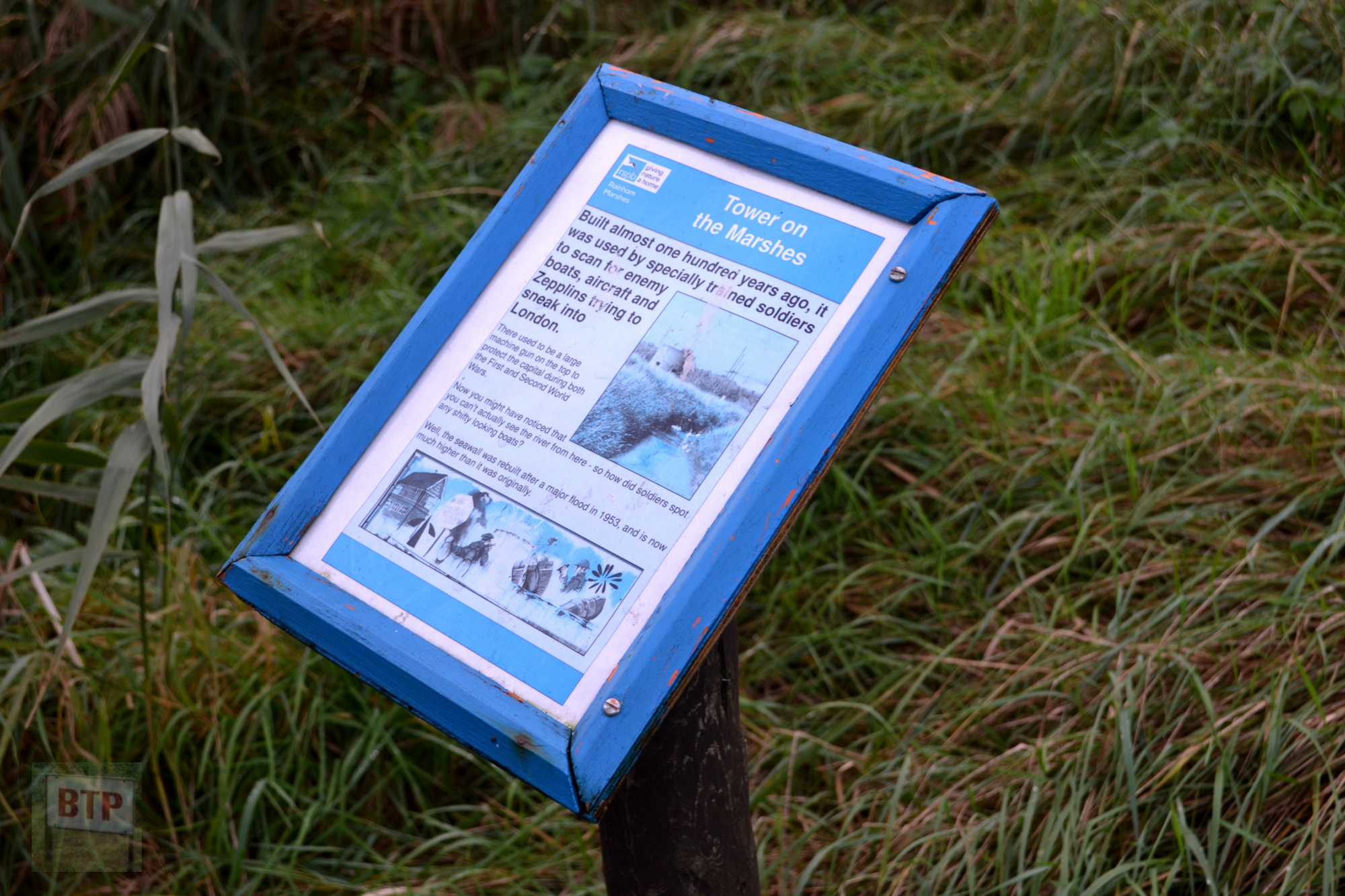
The Firing Ranges

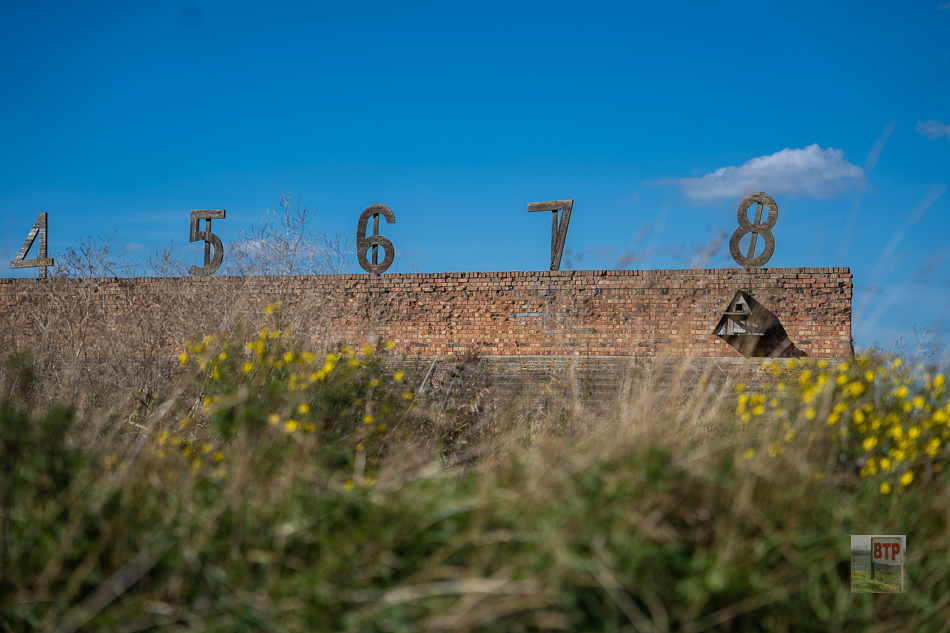
The ranges span across the green line marked on the map, and divide the two marshes. The war department created this rifle range in 1906, and the structures you see today were built in 1915. The firing range sheds (‘mantlets’) remain, which were where the target-mechanism operators would stand, as does one of the three ‘butts’ (the area in which the targets are set up). The target area (butt/backwall), made up of a brick ‘Aztec-looking’ plinth with wooden numbers on, is visible from path. Its size means it can be seen across most of the reserve. It is on private land and inaccessible to the public. The surface of the remaining butt is littered with quite sizable bullet-holes in the brickwork, probably inflicted by the standard issue service rifle of the time – the Lee-Enfield and its .303 calibre bullets. The firing sheds (mantlets) were on private land and are inaccessible. They were made of metal and still held original wooden seats and other decor, as well as a corrugated iron shed. The mantlet roof was covered with earth from the bank to protect the target-mechanism operators from fire coming at the back-wall overhead. They span the entire western side of the central reserve in two sections. The green line on our map above marks their location. They were highly impressive.
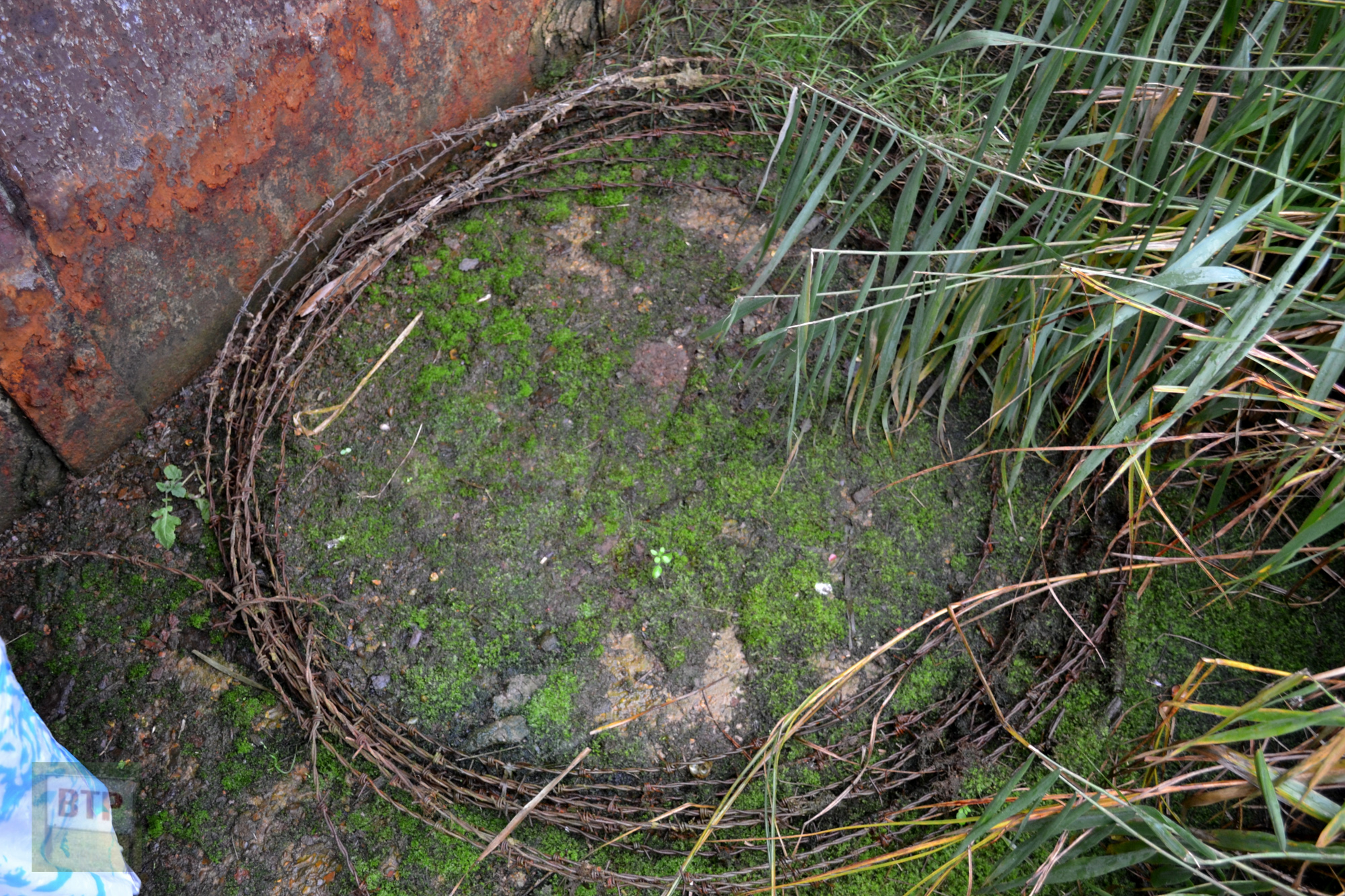
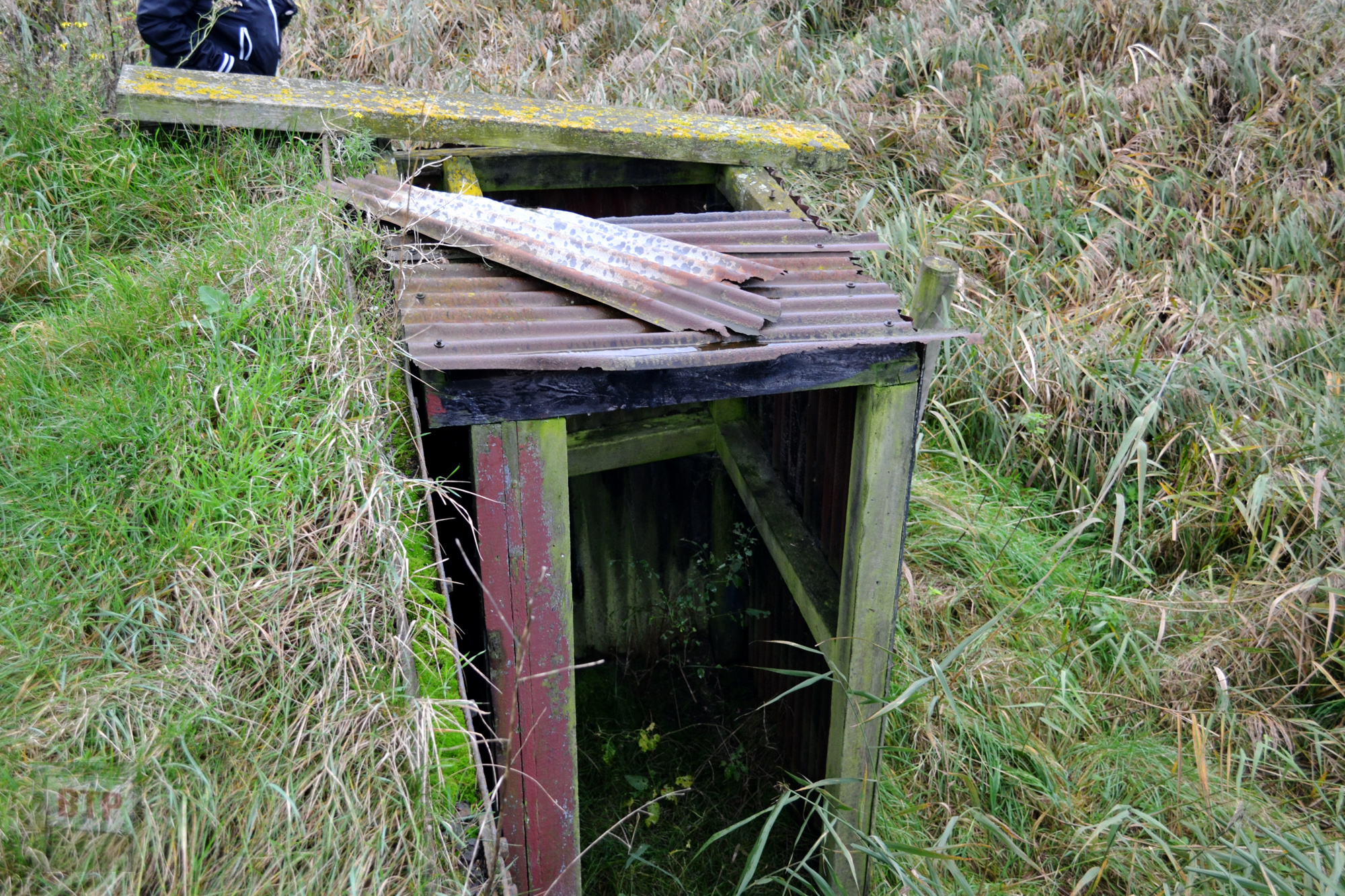
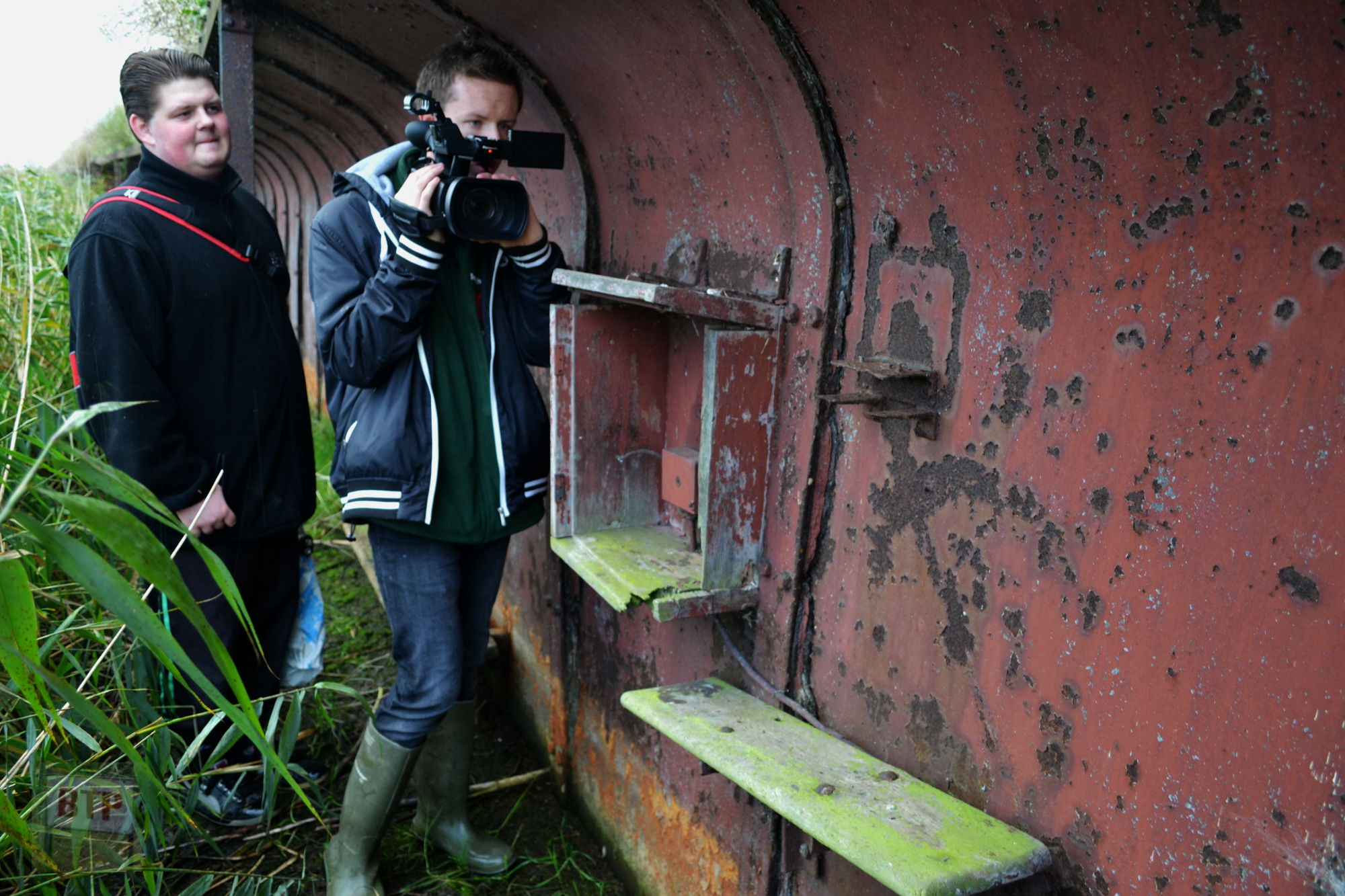
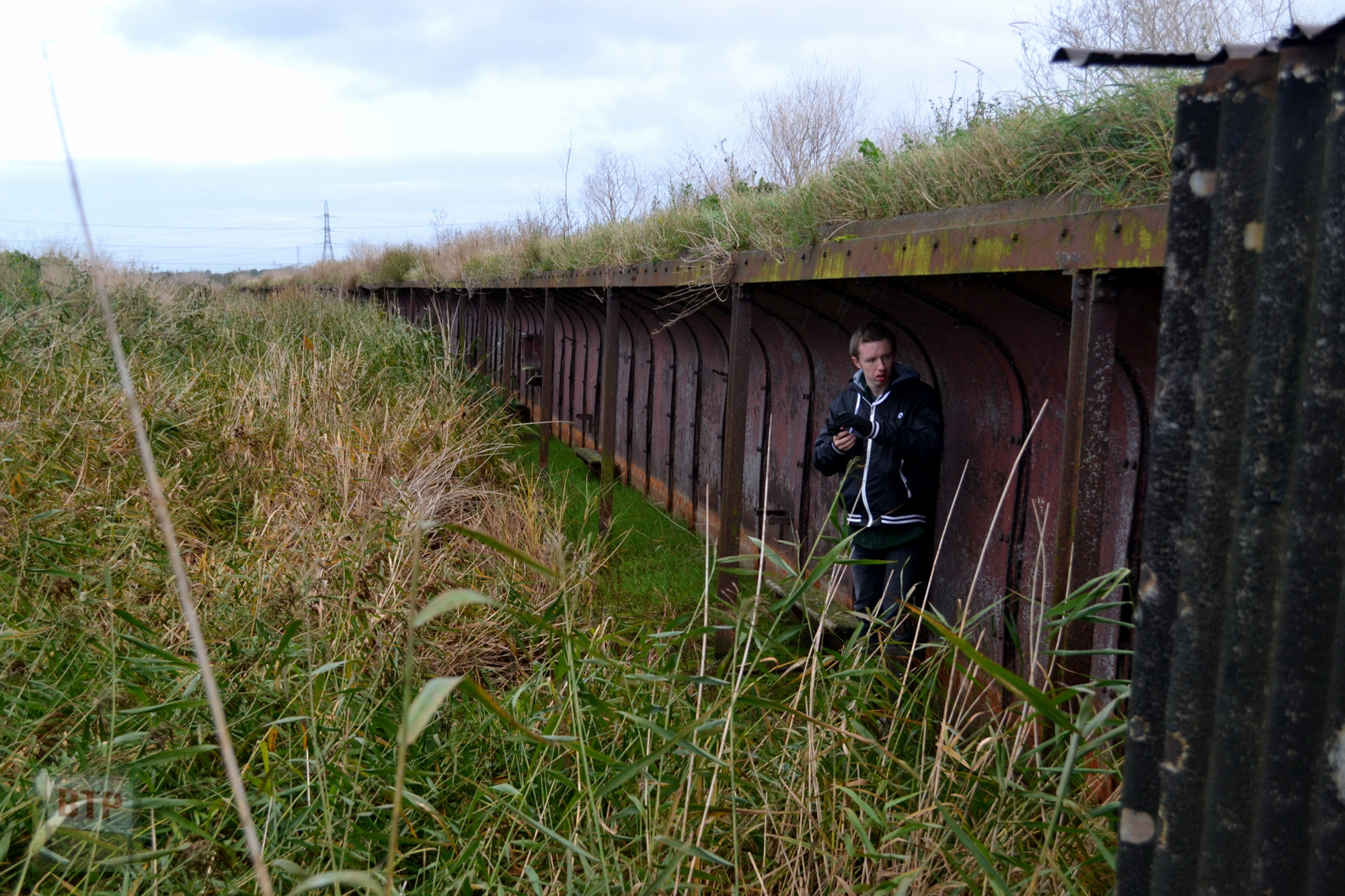
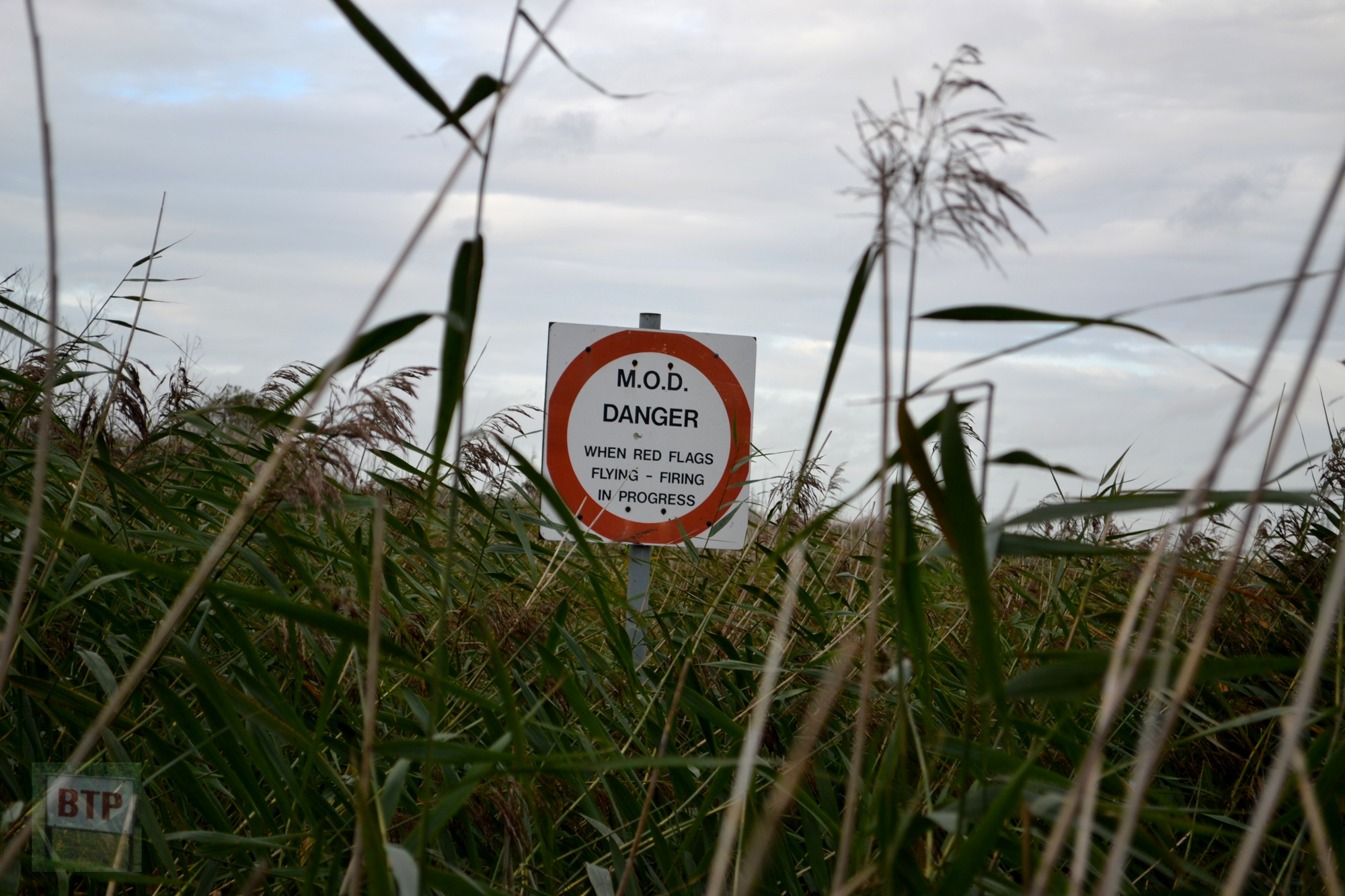
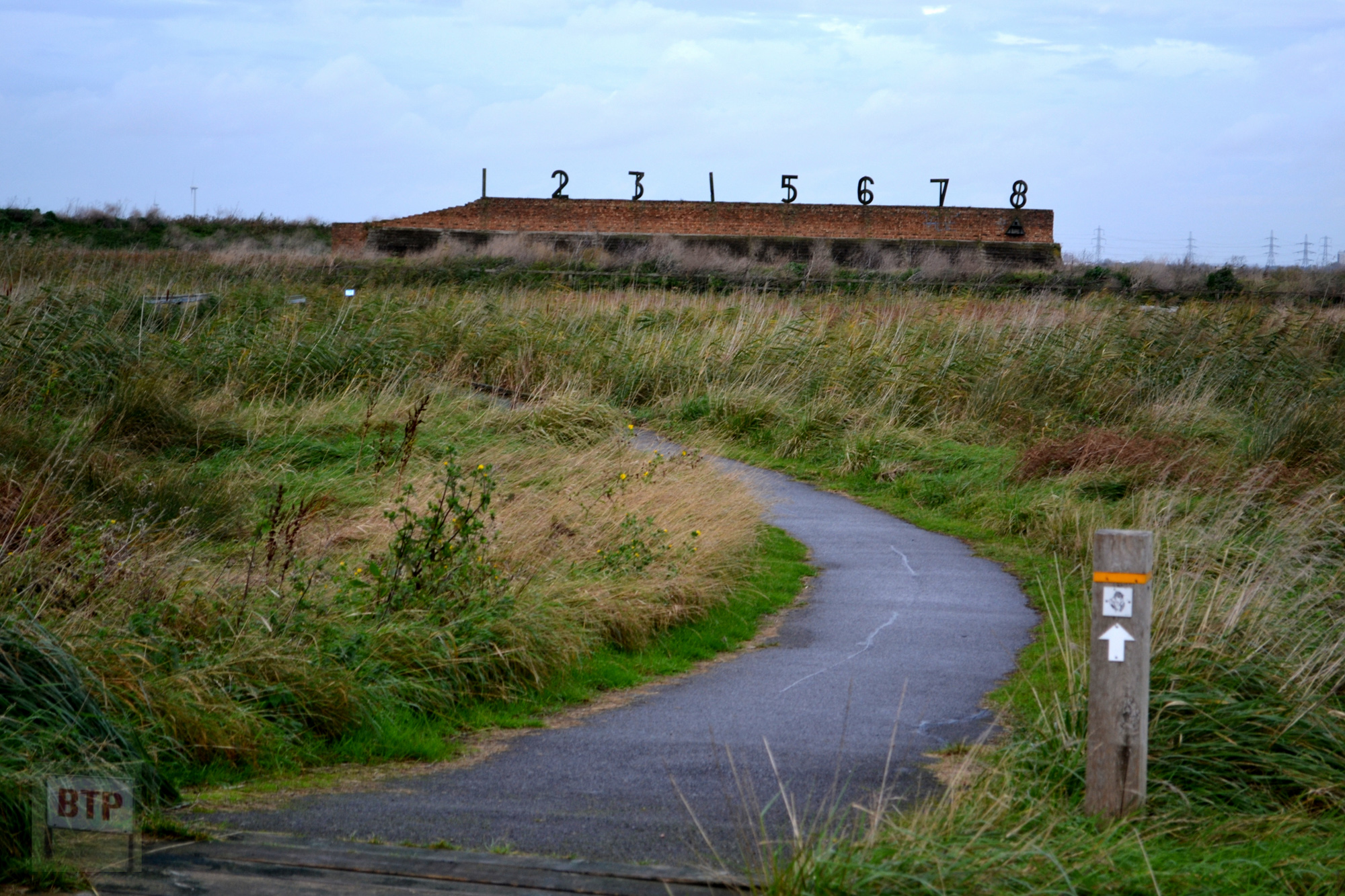
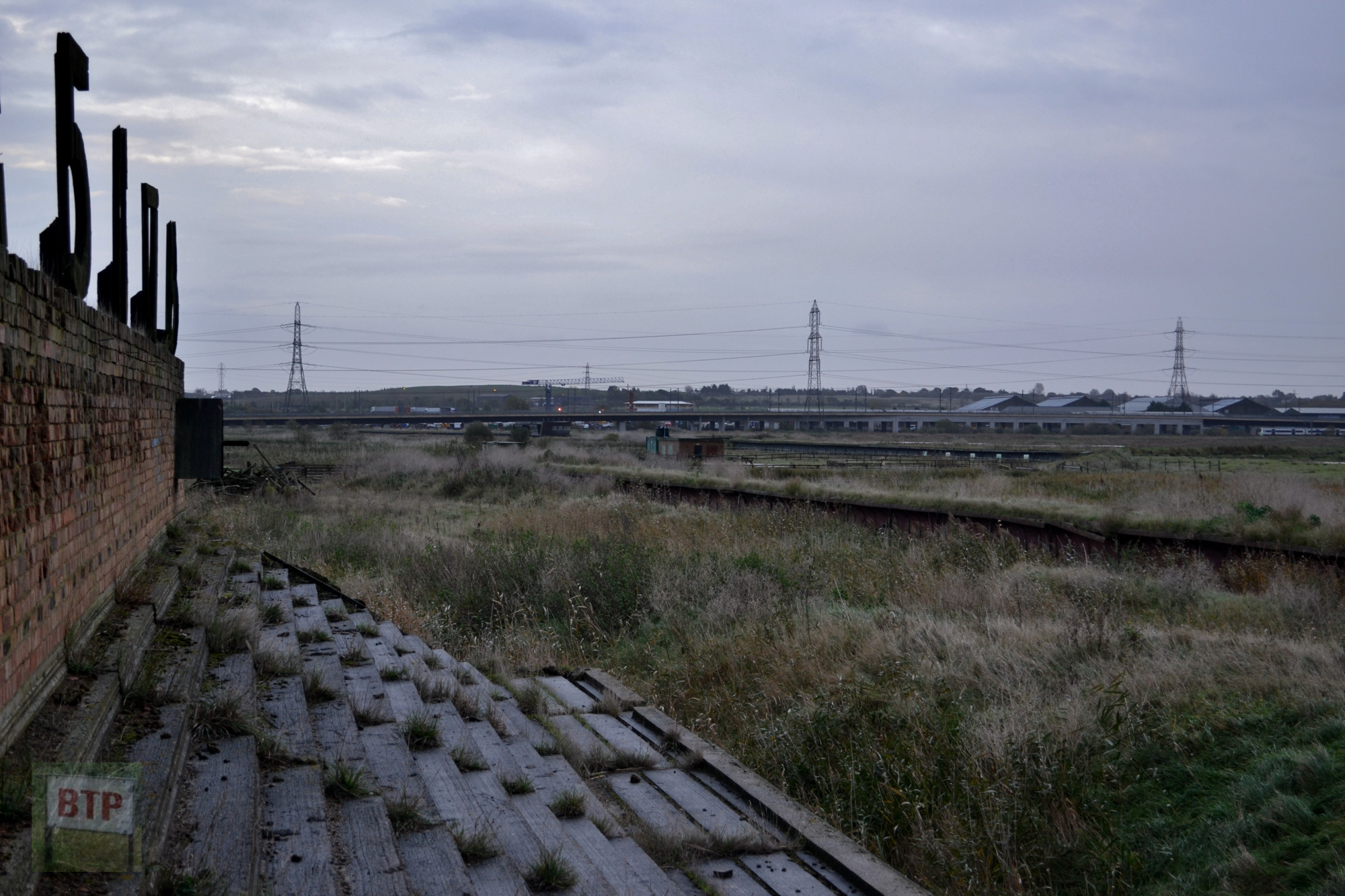
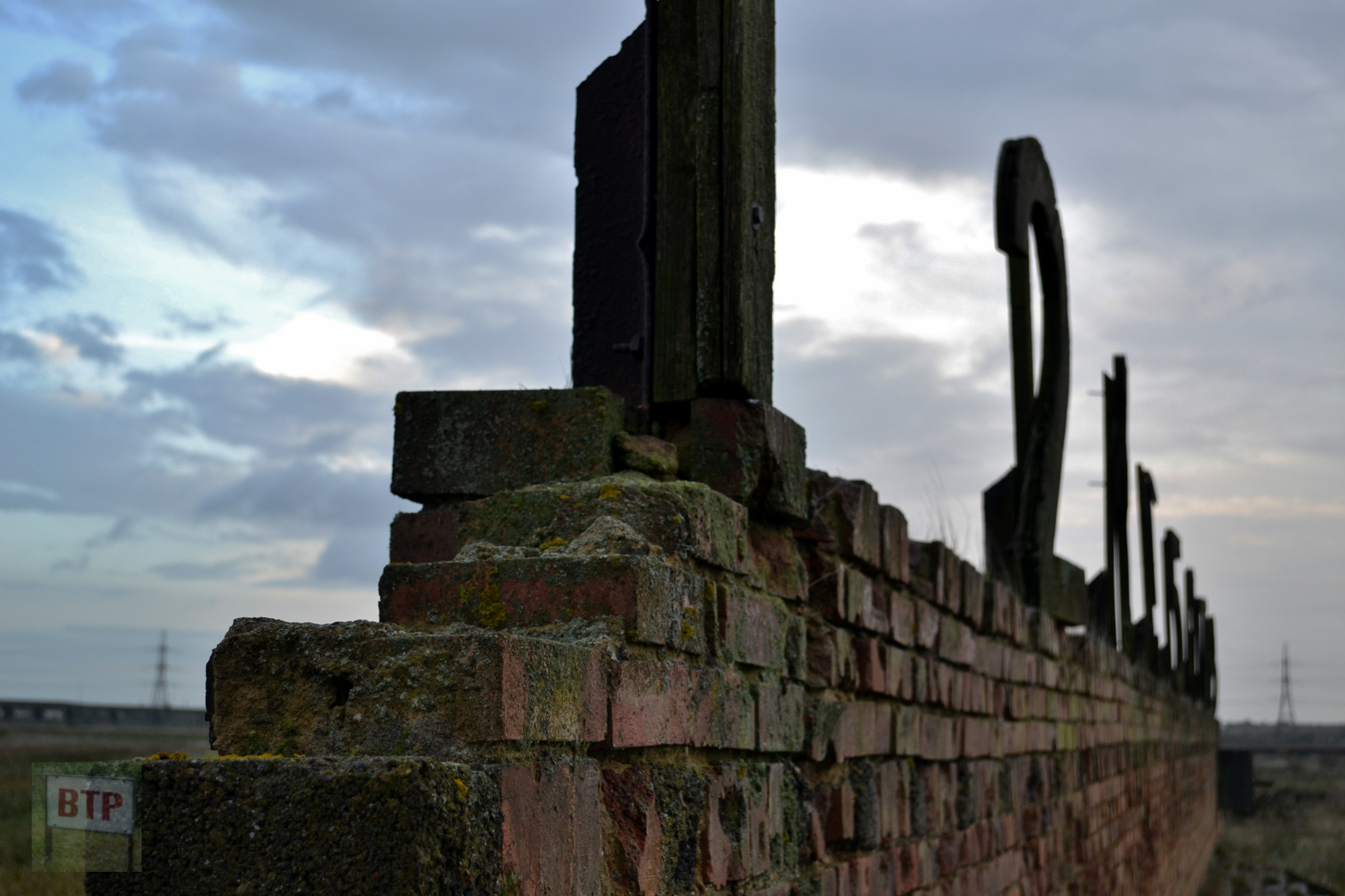
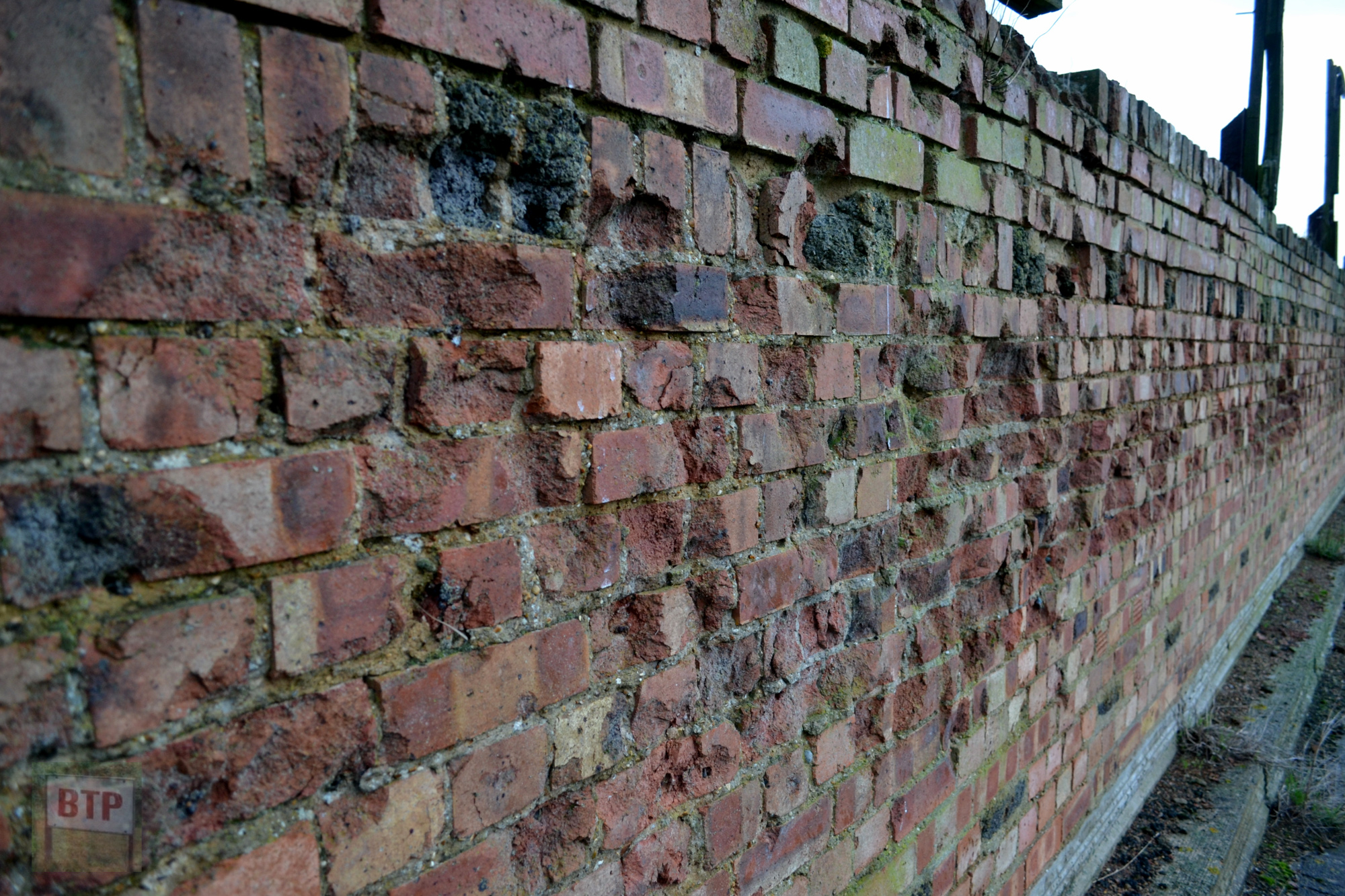
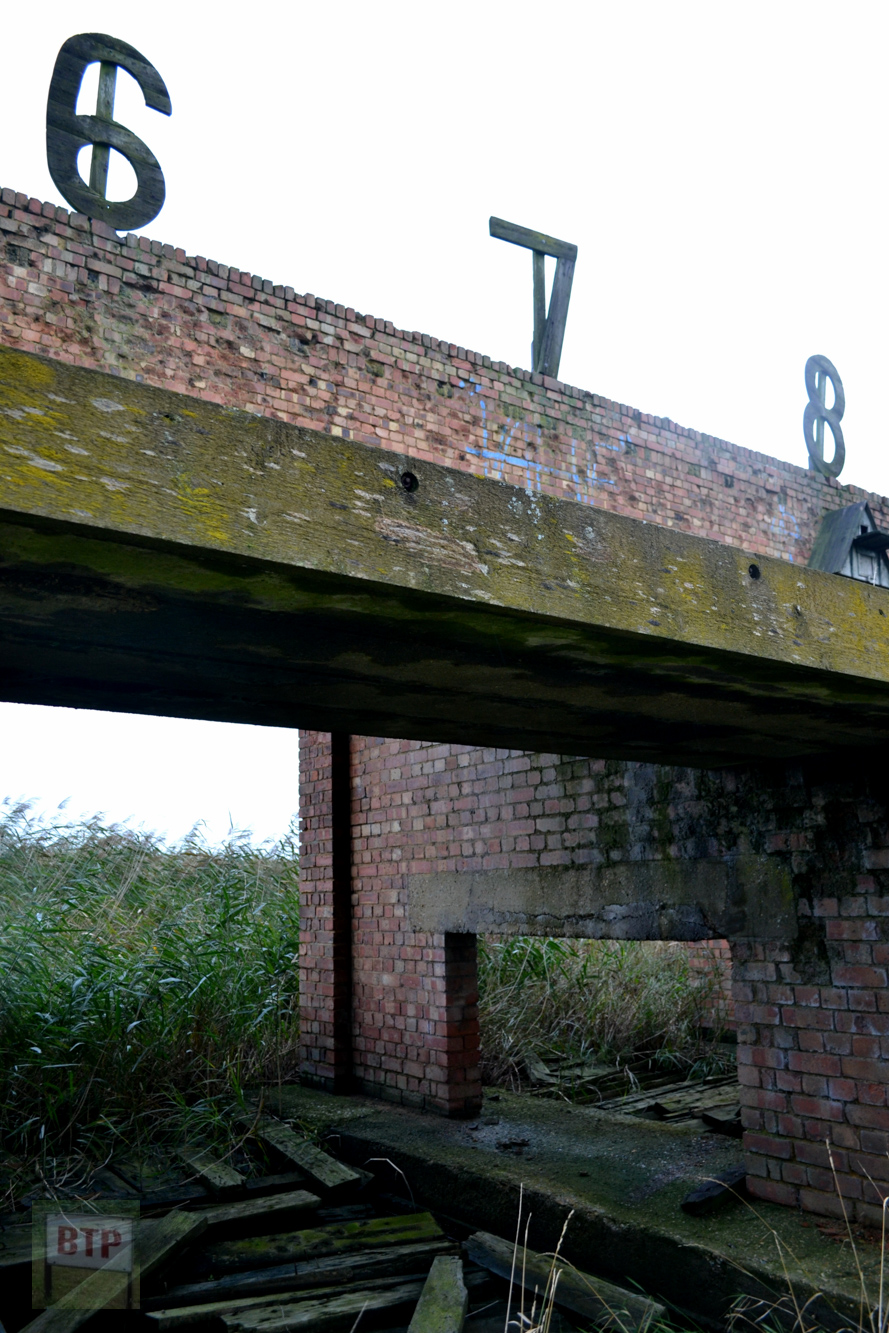
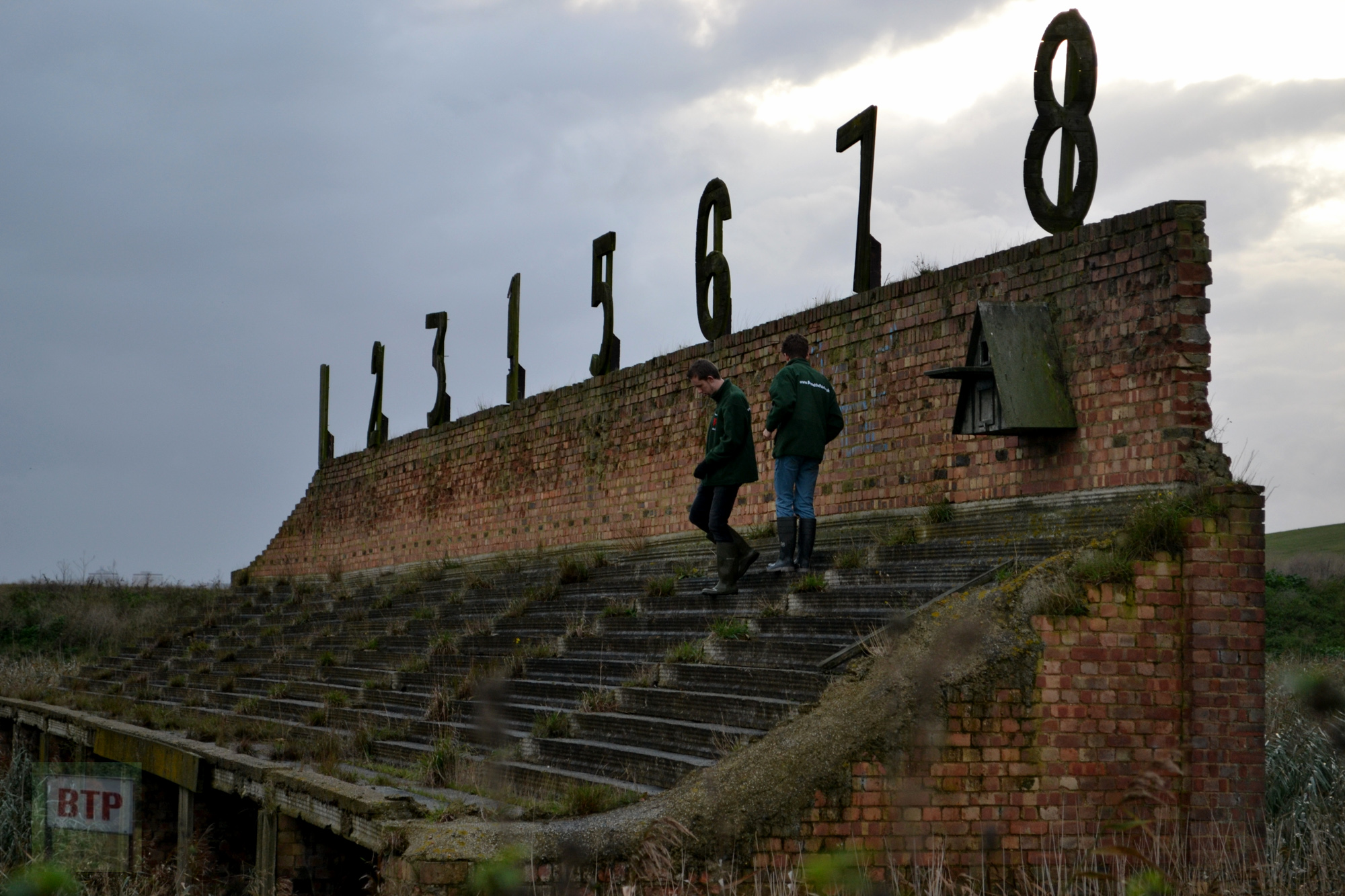
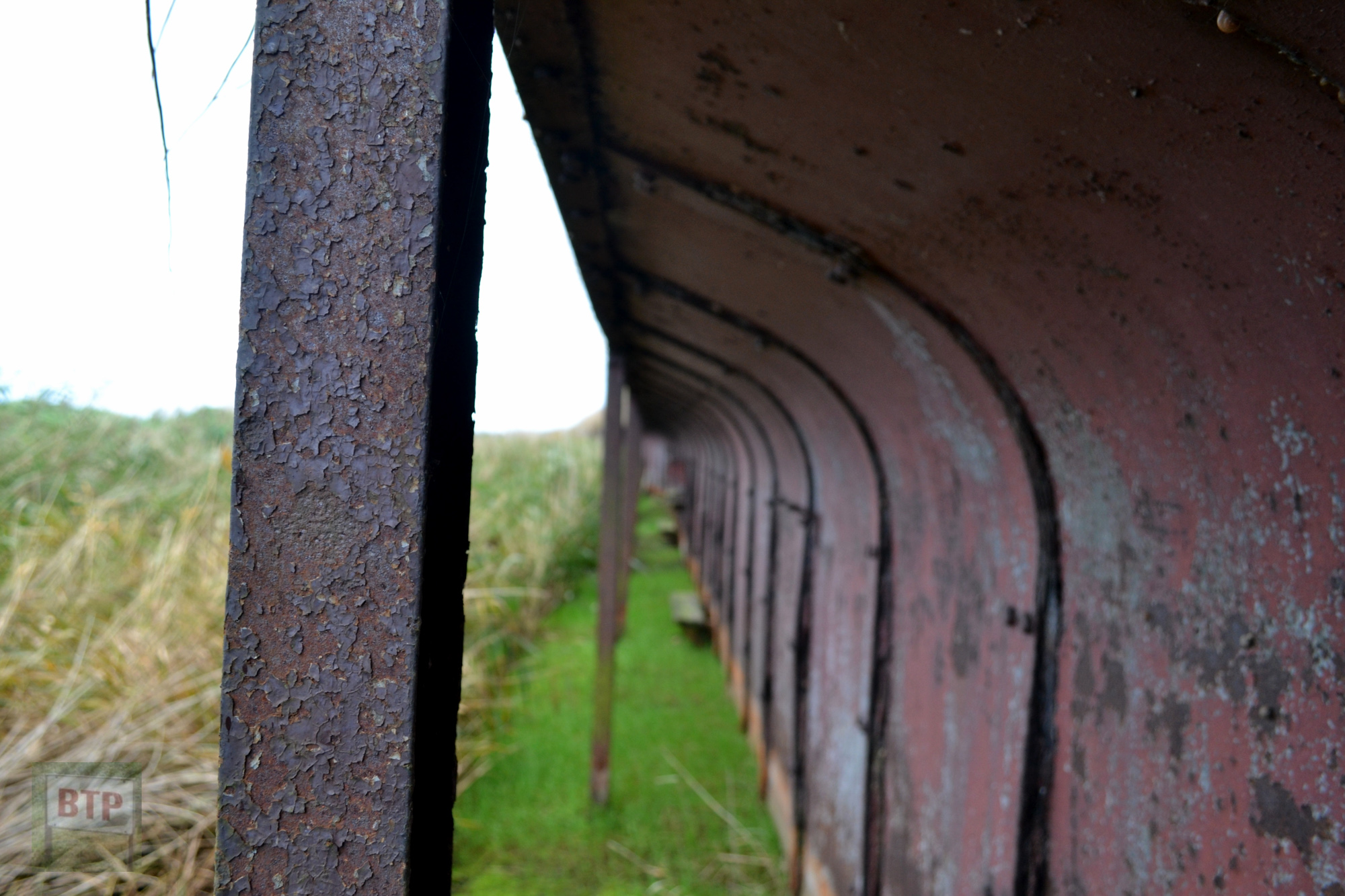
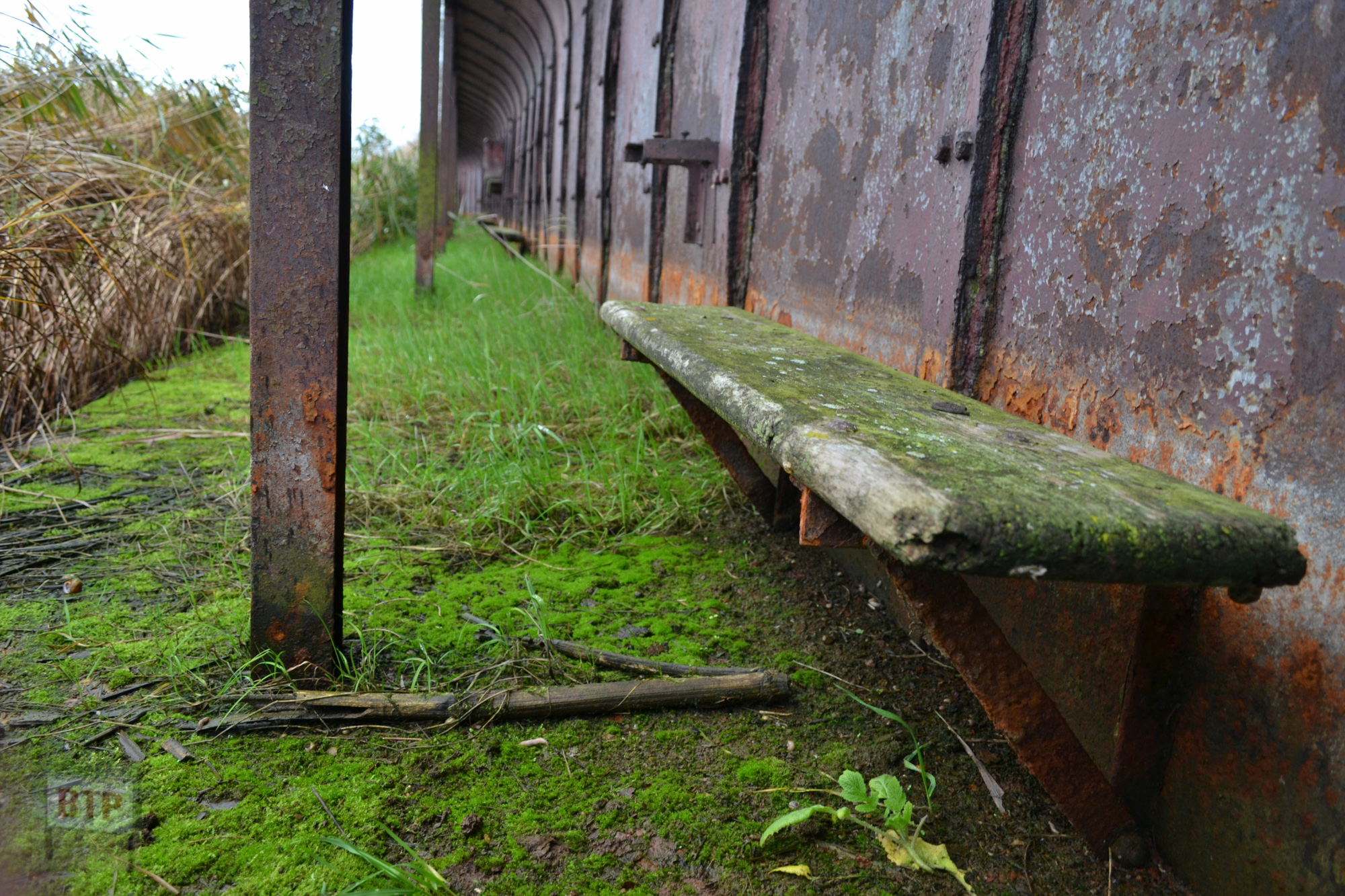
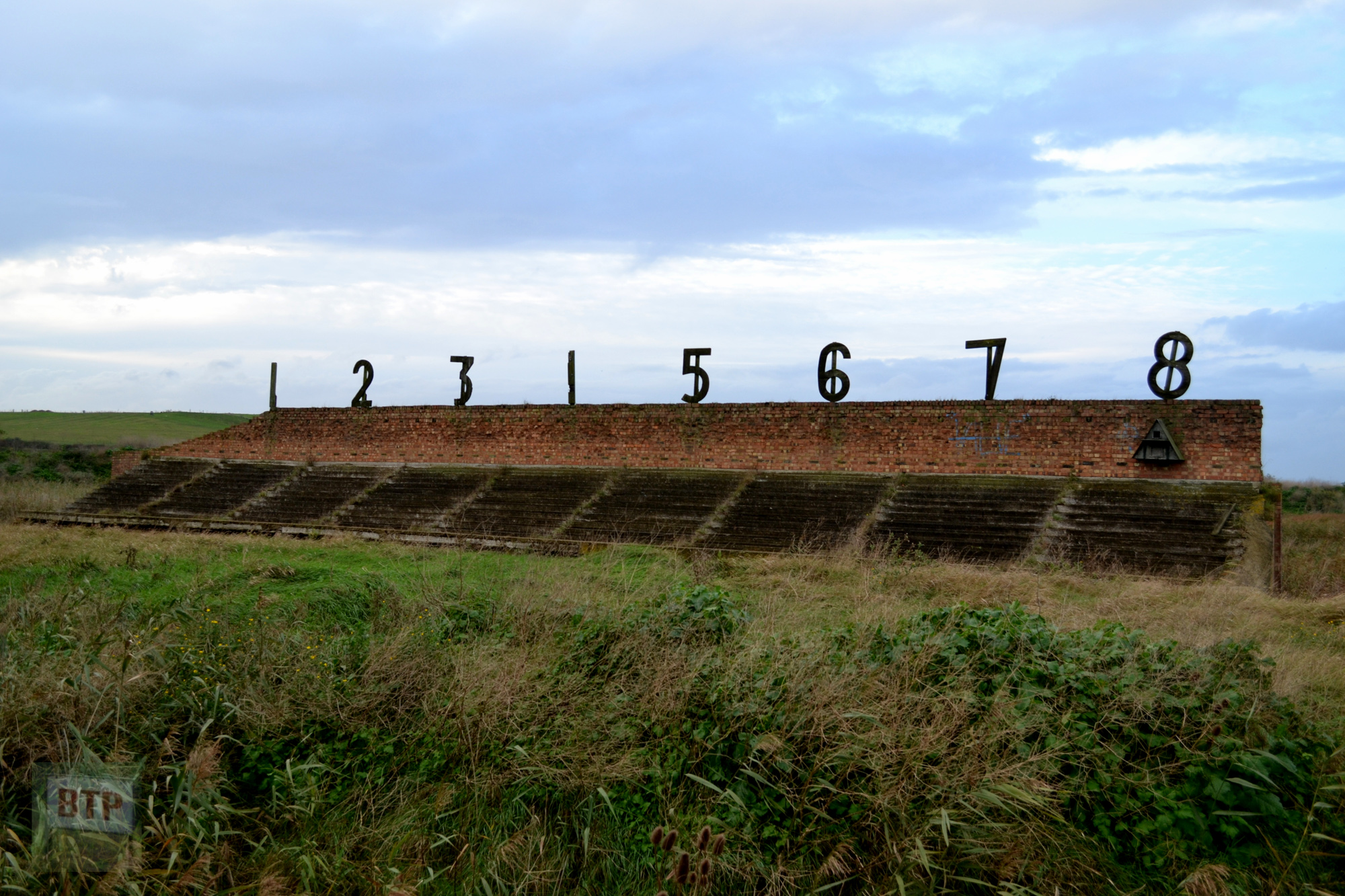
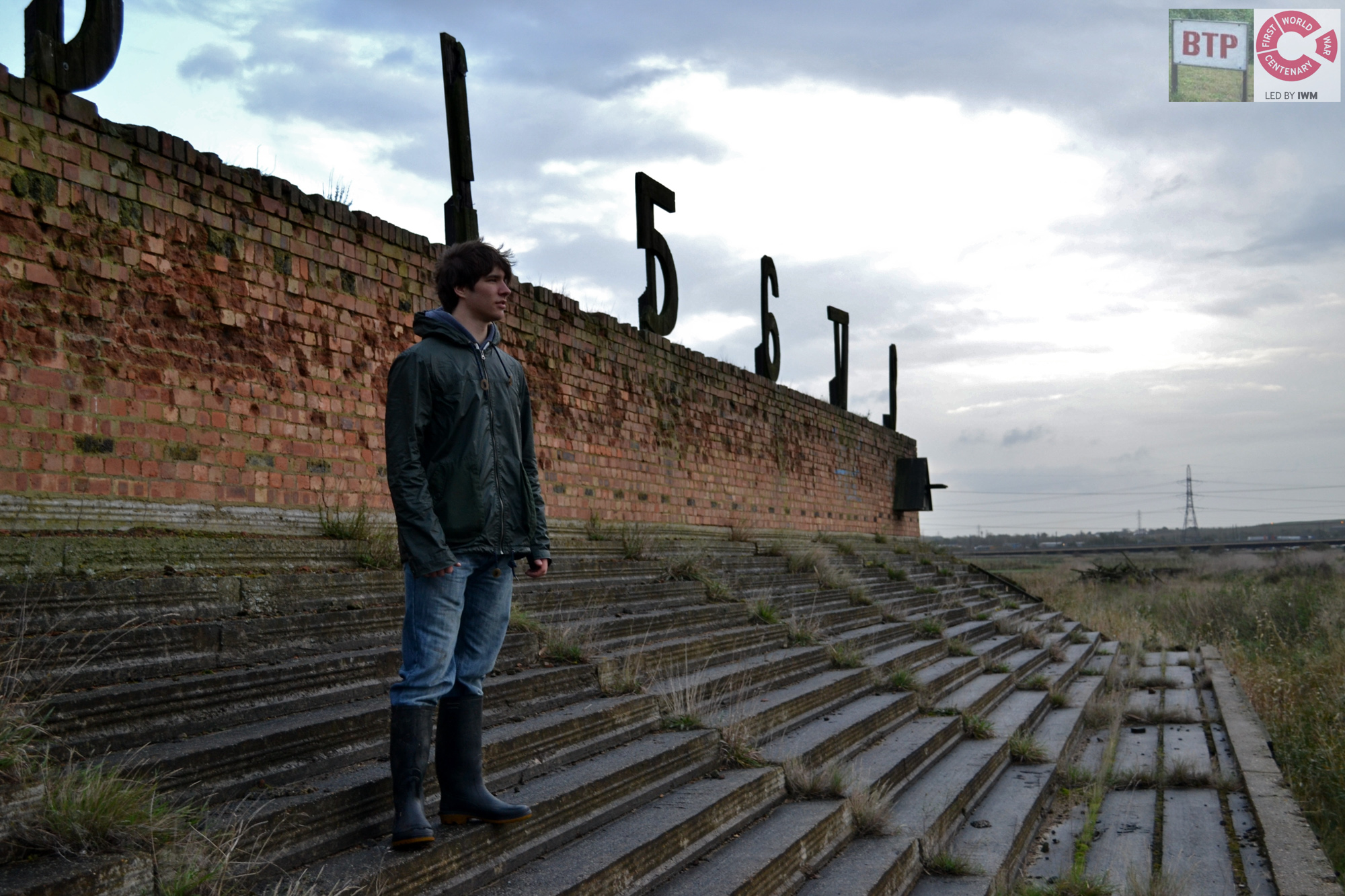

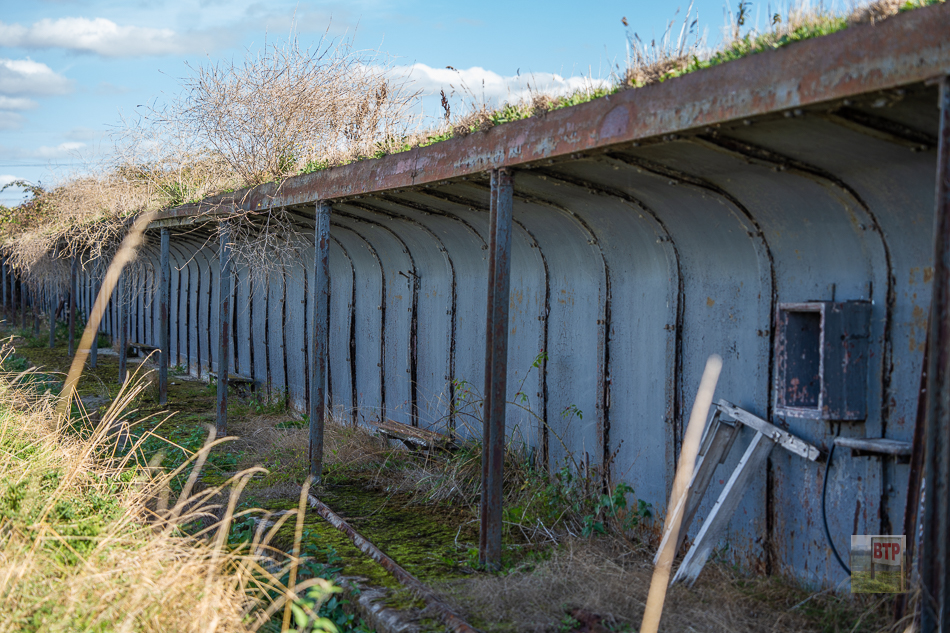
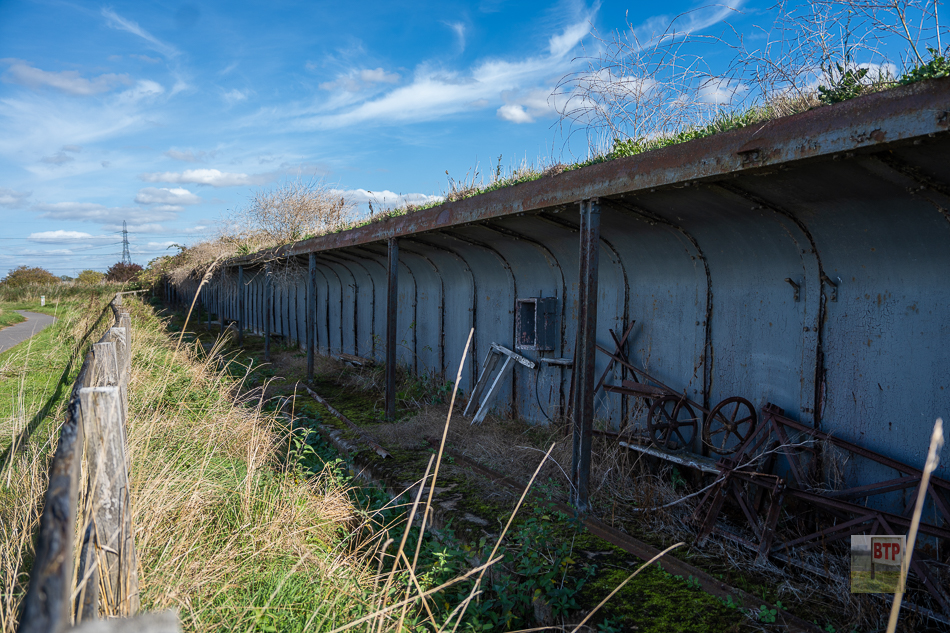
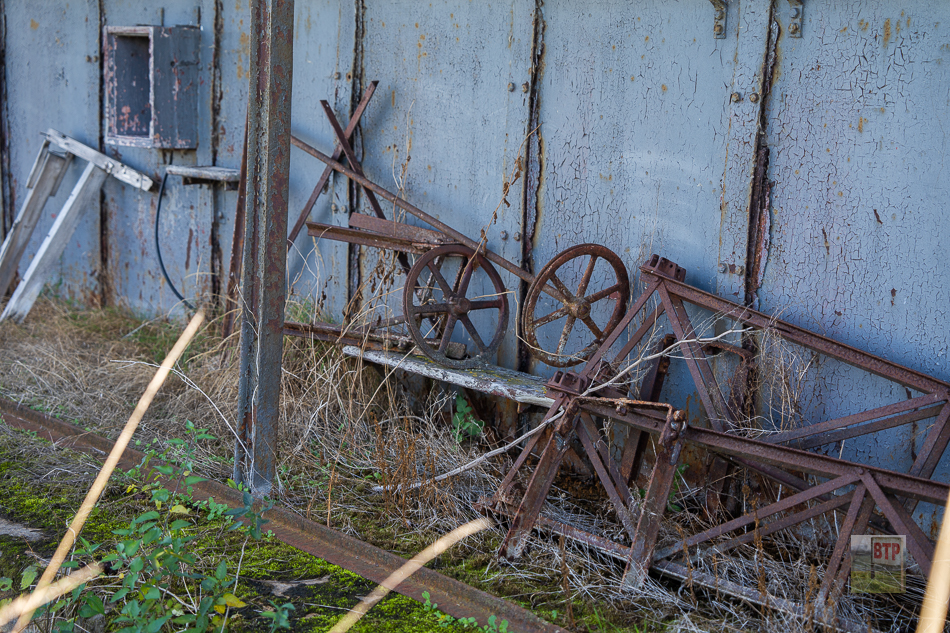
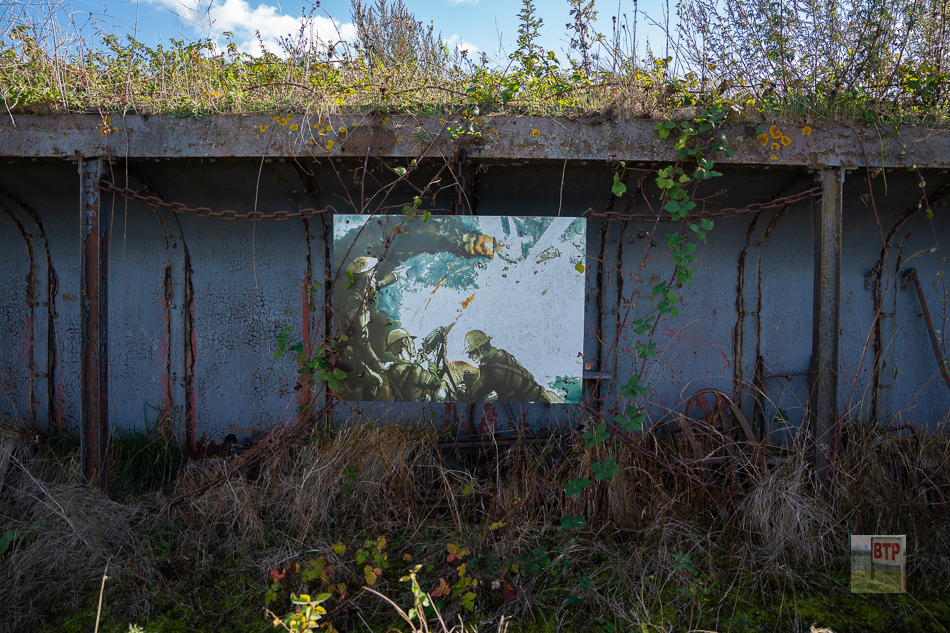
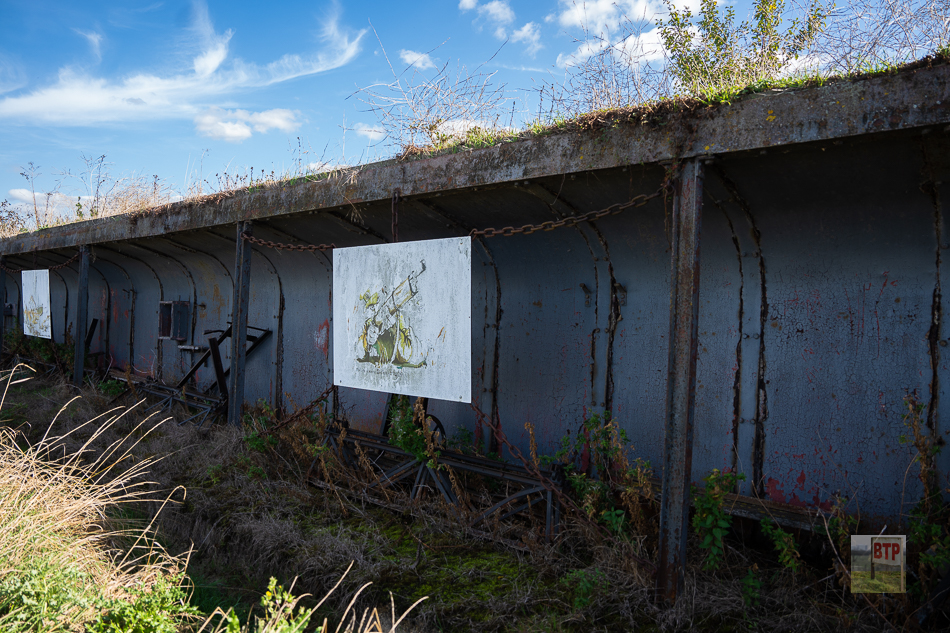
The Cordite Store
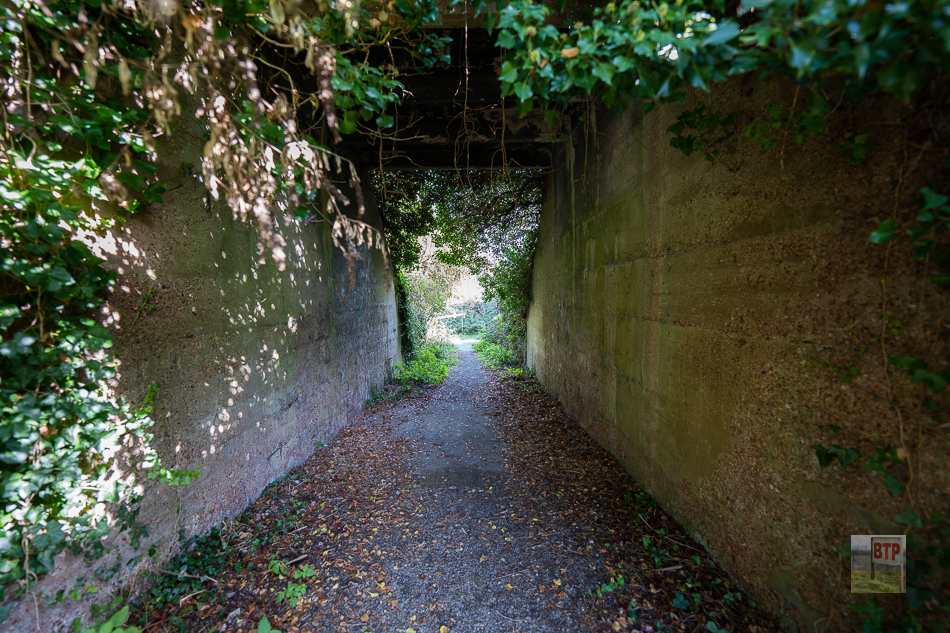
Whilst not much remains today, this would have been a large magazine building that once stood on the square area extant today. You can see the blast mound around the outside of this which would’ve contained an accidental explosion. We can imagine this must have been an immense building when it stood, more like some form of hangar or hall than a store-room.
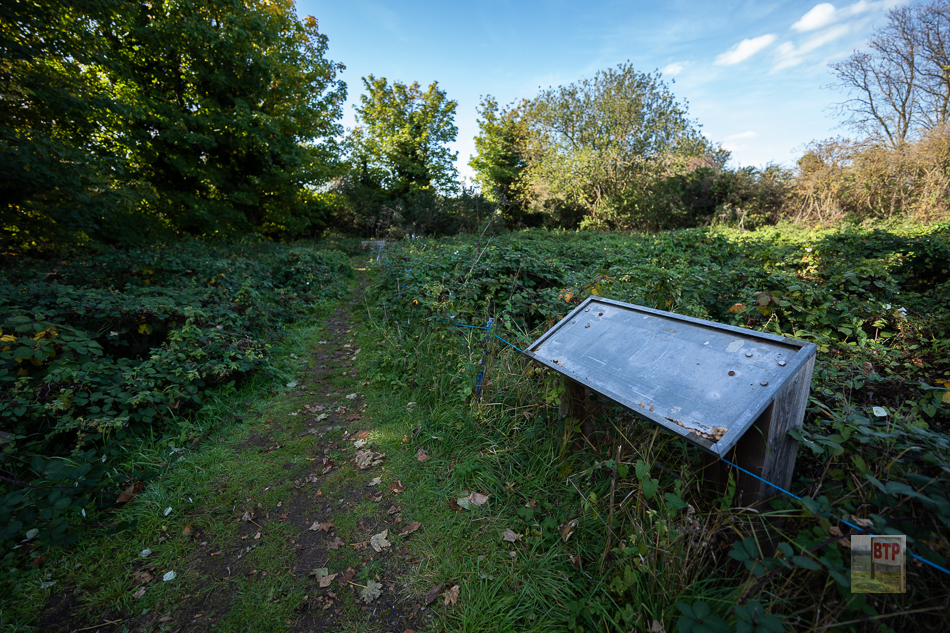
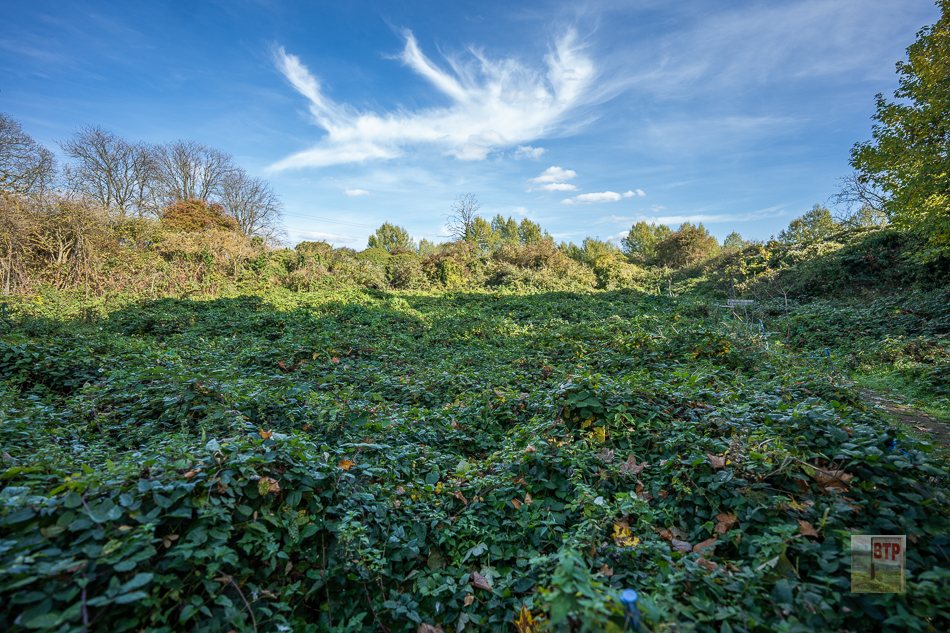
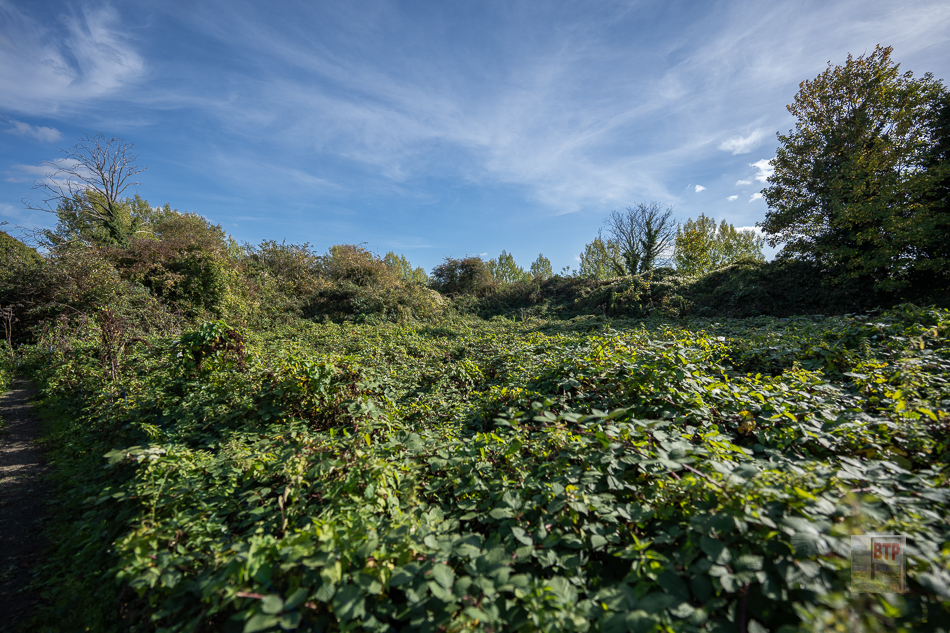
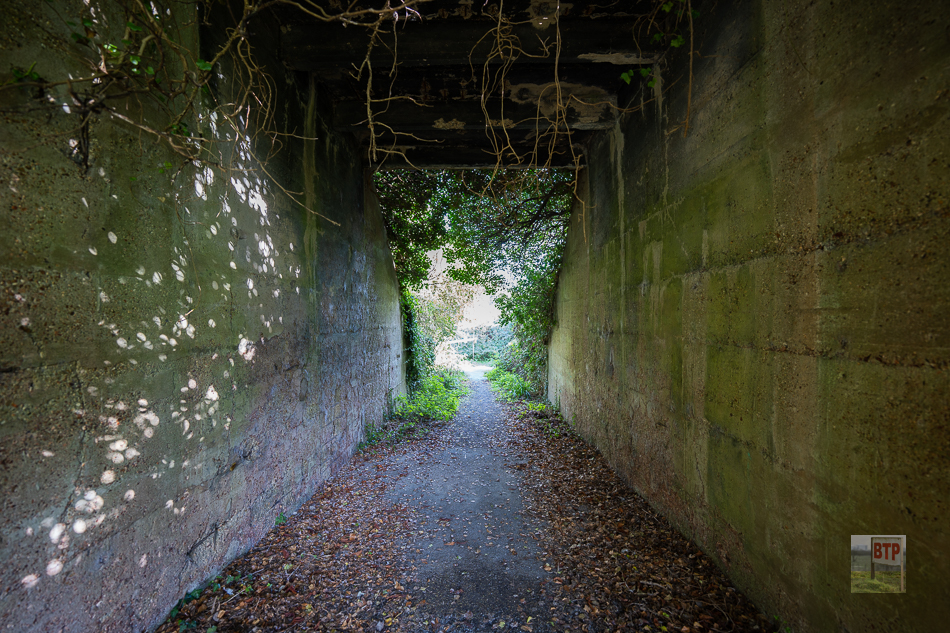
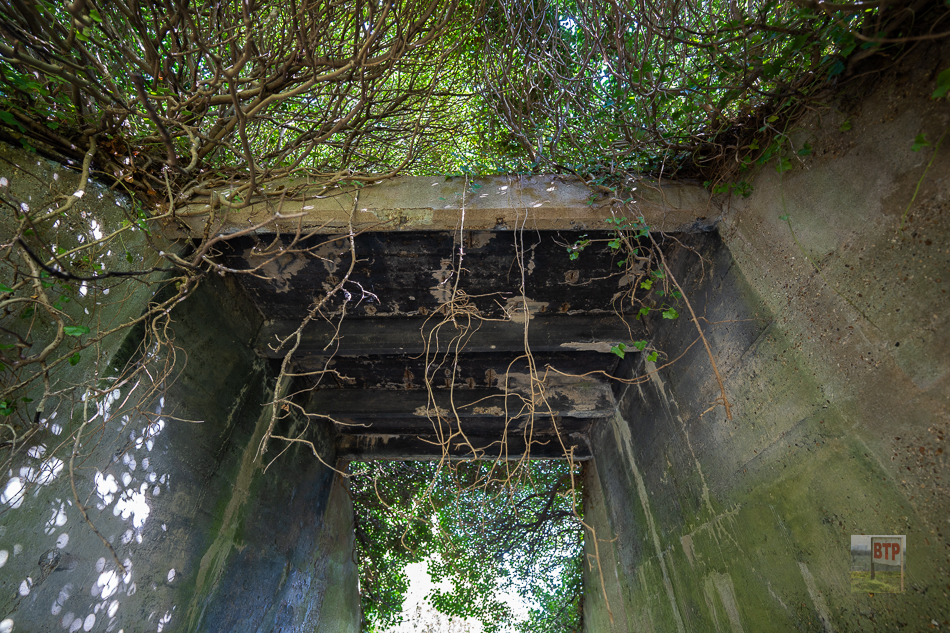
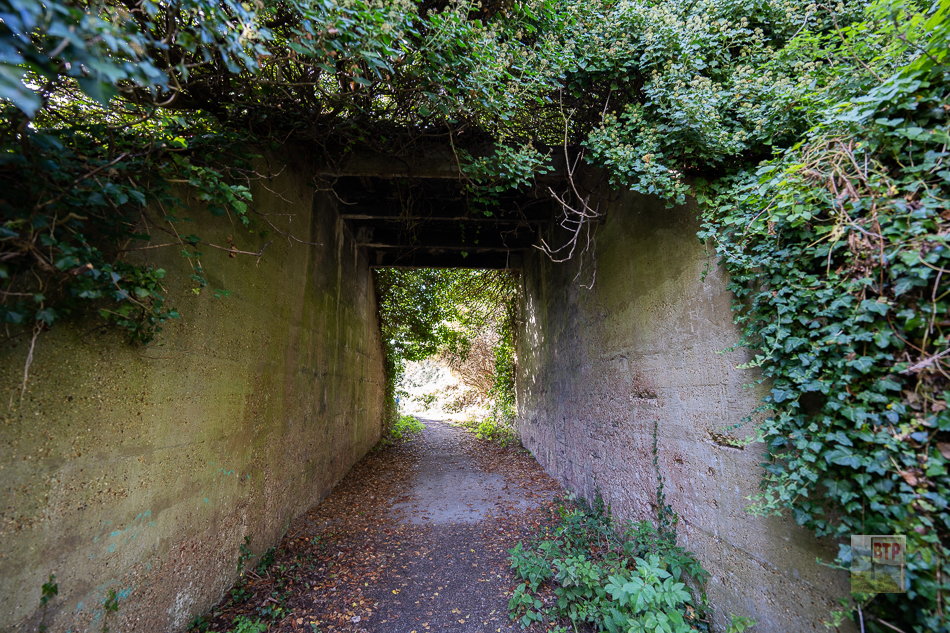
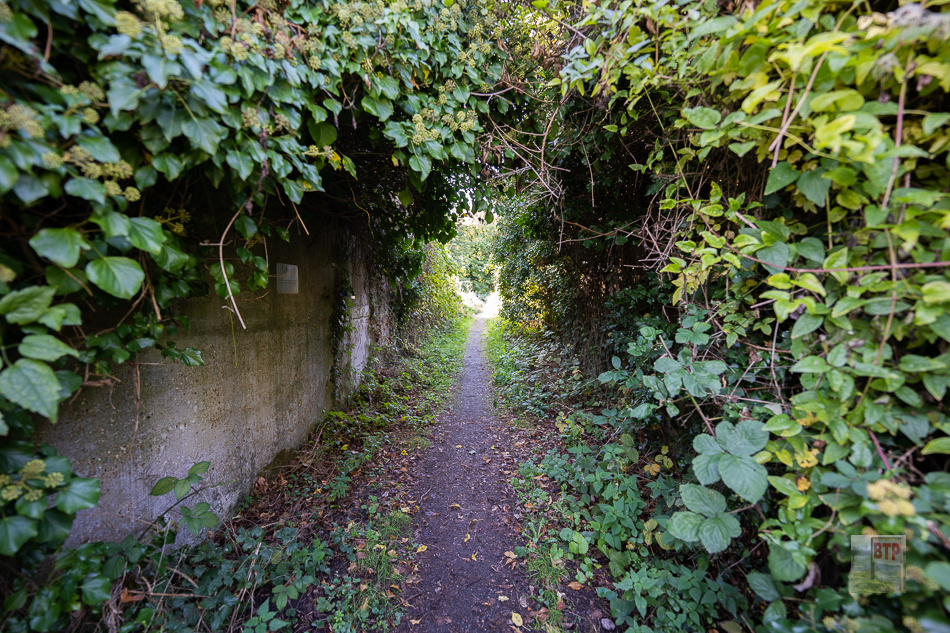
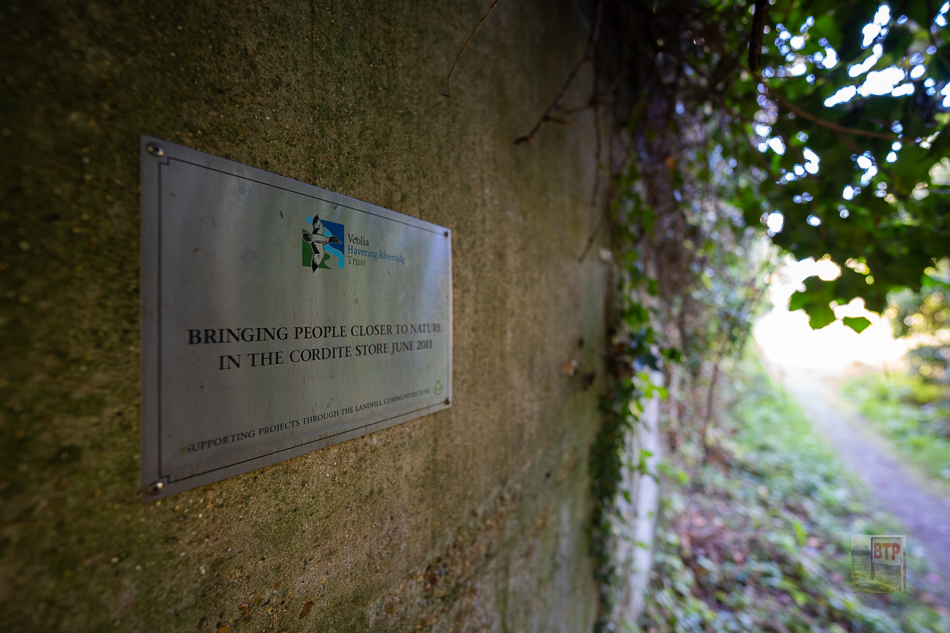
Only one of the eight Anti-Aircraft Ammunition Magazines remains today; ruined and overgrown just north of the visitors centre. The rest were demolished shortly after the RSPB gained the land in 2000. It is inaccessible at present. It was surprisingly large and had a small walkway between the blastwall and the exterior of the main structure. Window-frames inside were still present although no other features survived. You can see all eight magazines in the 1940 image at the bottom of the post.
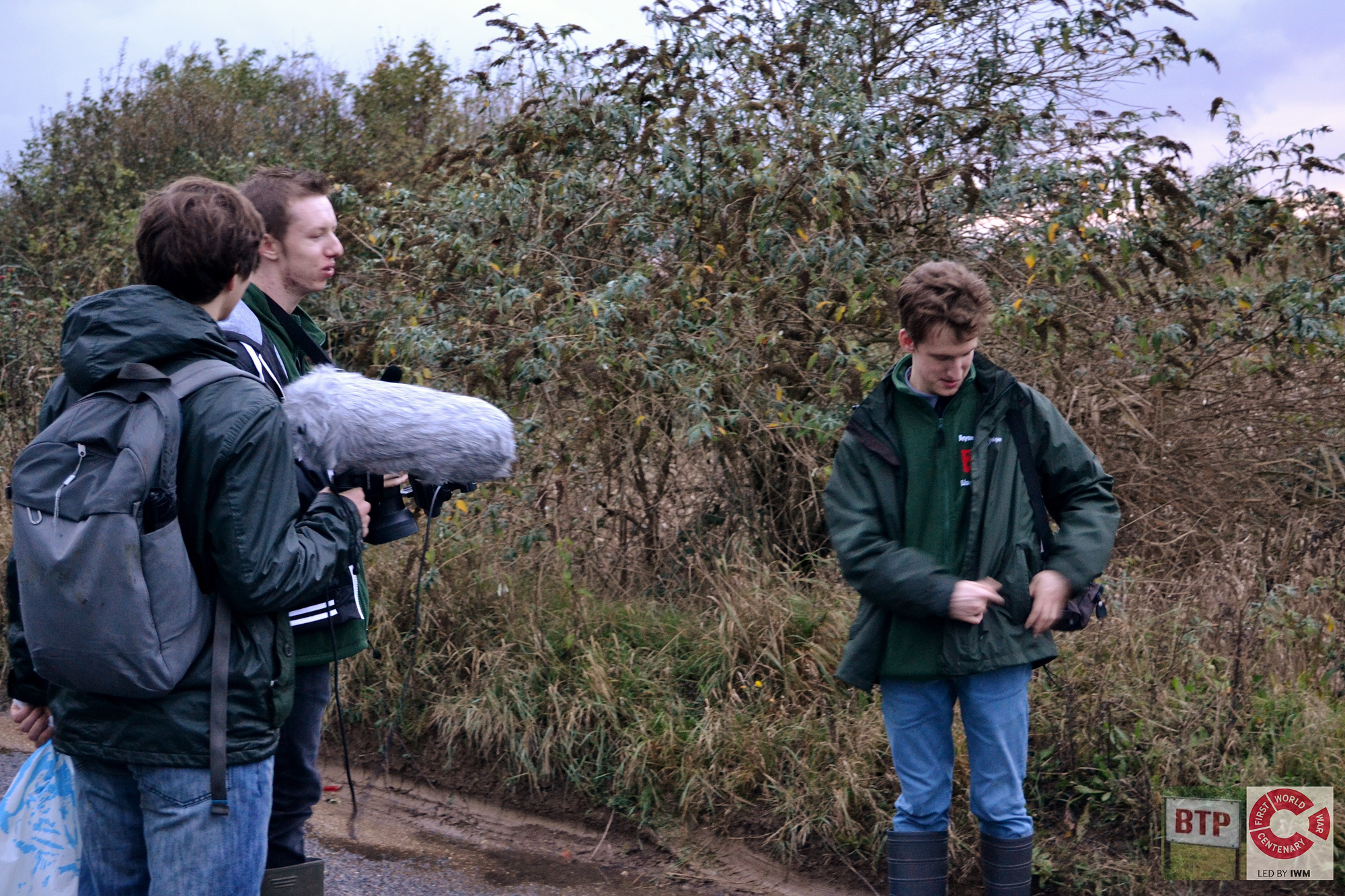
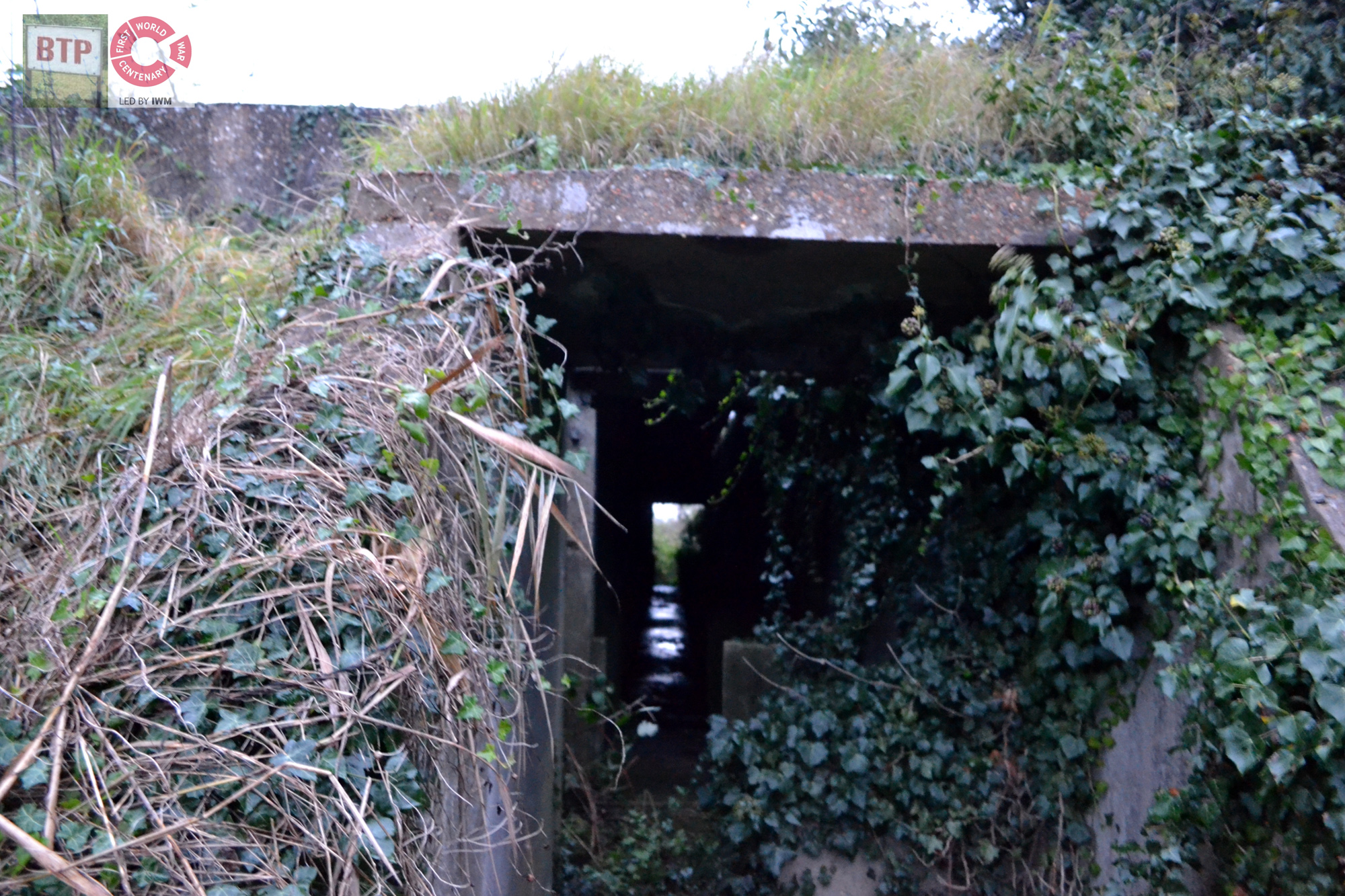
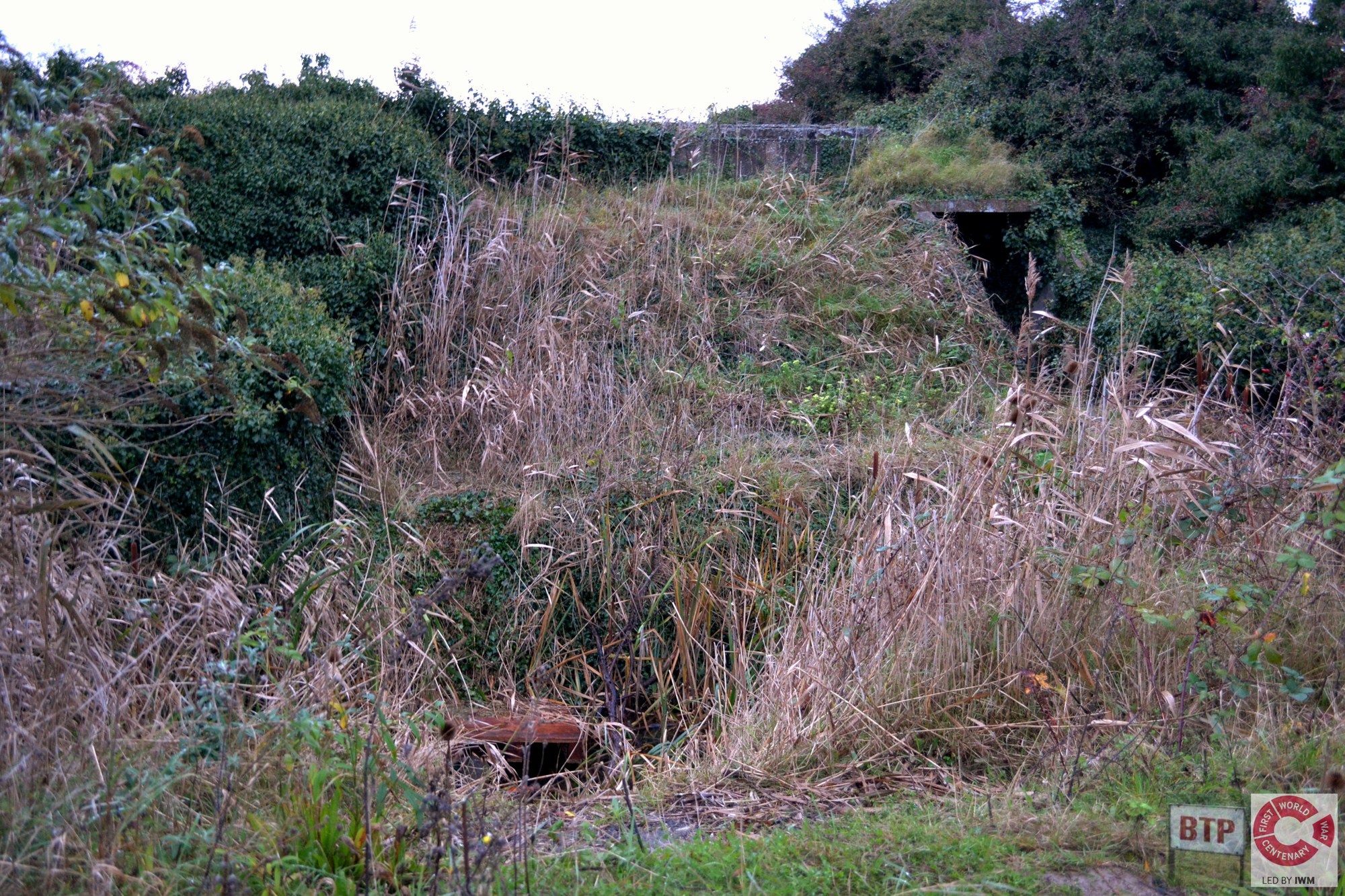
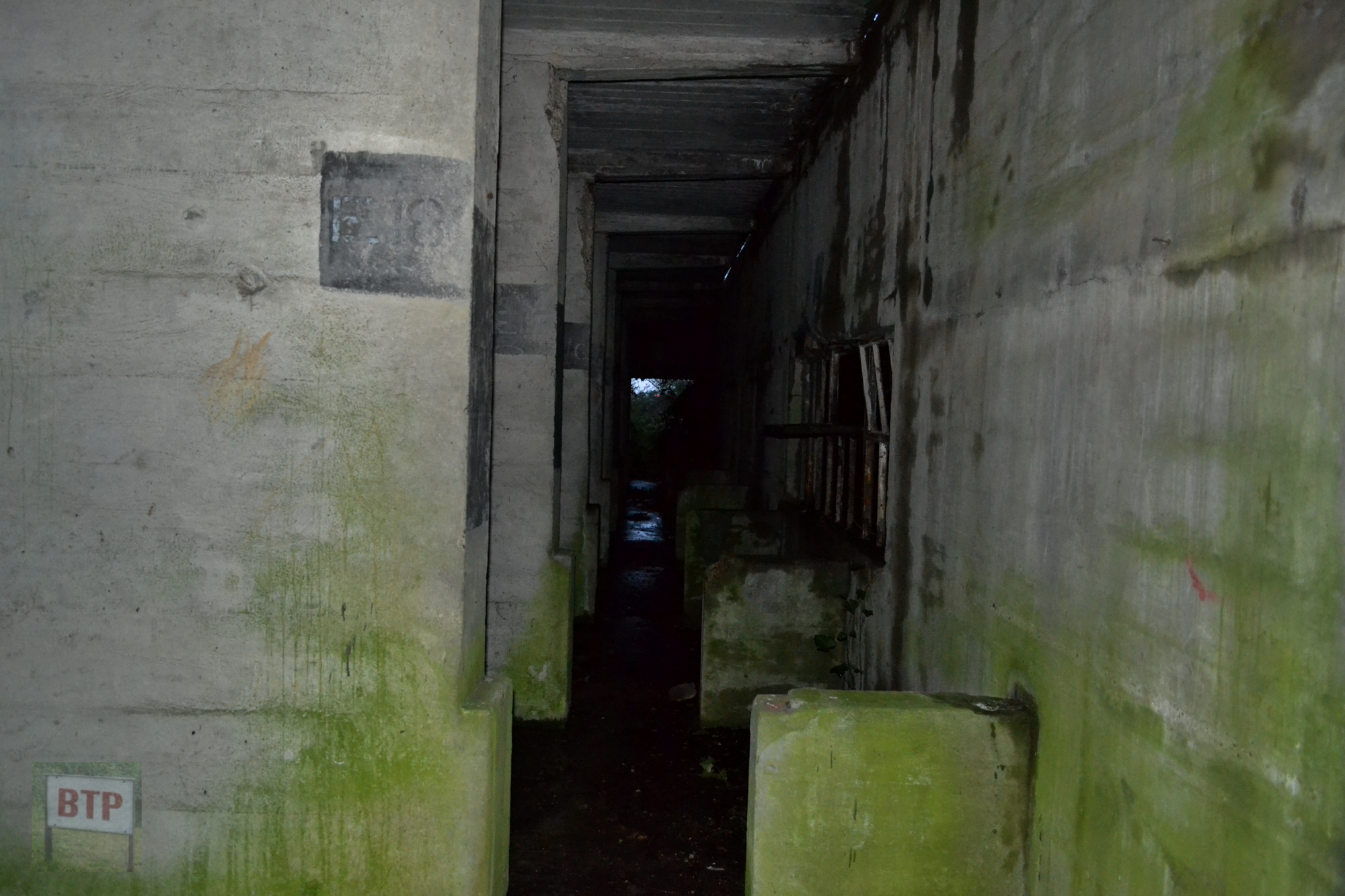
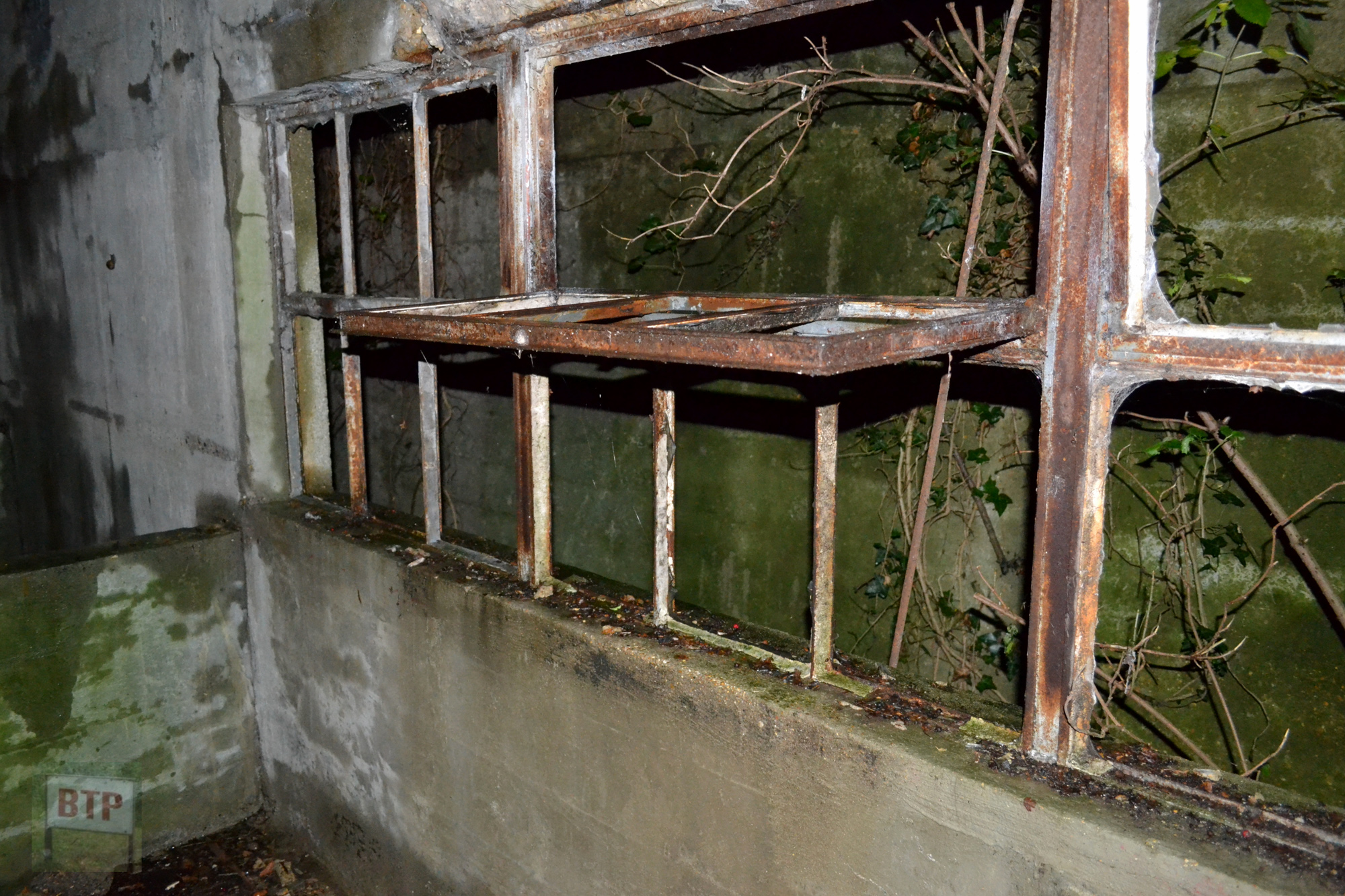
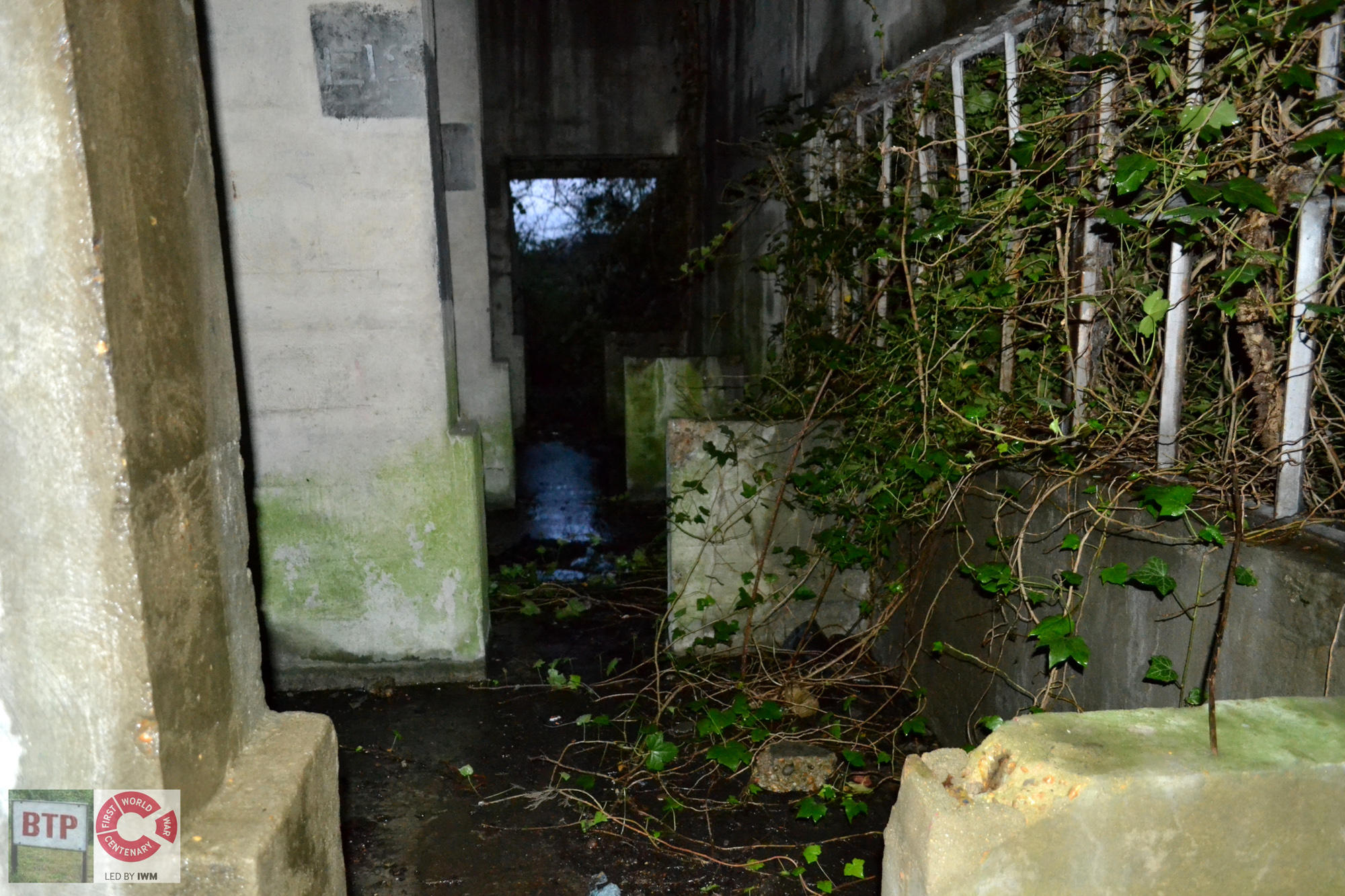
Visit Yourself
That concludes the trail. If you decided to follow it you can now return to the Visitors Centre or go straight back to the C2C train station. Beyond the Point certainly enjoyed our visit and found it highly fascinating. First-time heritage-explorer Michael Clark said the trip was “thrilling; history meets adventure, and it really captivated me”, in the same way that BTP Joe and Liam were by their numerous adventures into remaining glimpses of the past.
The pictures below show the site in 1940 – with a multitude of extant MoD structures, and also an older photograph showing the railway bridge with firing range and numbers faintly visibly in the distance to the left. Also shown is the blockhouse and backstop in the 1980s.
